HD Pentax-D FA* 70-200mm F2.8 ED DC AW
Aberrations
No lens can be totally free of optical flaws. The following list describes the main defects that a lens can suffer from.
Name | Description |
| Chromatic aberration | Different colors do not have the same focus point. The result is colored lines (usually red or green) on edges showing a sharp transition from clear to dark tones, and a general decrease of the sharpness. Occurs mostly at wider apertures. Easy to correct via software. Mitigated by the use of achromatic lens elements. In simple terms, lateral CA occurs in the in-focus zones, while longitudinal CA occurs in out-of-focus zones. |
| Purple fringing | Sometimes caused by chromatic aberration effects. Can also occur because the RGB color filters in front of pixels create differences in pixel sensitivities. Creates a purple band on edges showing a sharp transition from clear to dark tones. Occurs mostly at wider apertures. Easy to correct via software. |
| Flare | Internal reflection on the various lens elements cause a decrease of contrast, the apparition of a bright veil, or ghosting. Occurs if an image includes bright light sources, especially if the light source is near the edge. Using a lens hood helps to control flare. Better lens coatings greatly reduce the effect. |
| Ghosting | A type of flare causing artifacts (orbs) to appear on an image including bright light sources, especially if the light source is near the edge. Can be used artistically. |
| Coma | Flaws in the optical design cause point sources (such as stars) located on the sides of the frame to appear elongated. Dependent on the lens design. |
| Distortion | Straight lines appear curved. Dependent on the lens design. Tested in another page. |
| Spherical aberration | Light rays hitting the sides of the lens do not have the same focus point as those passing through the center. Mitigated by the use of aspherical elements. |
Not all of those optical effects are easy to test independently. Purple fringing and chromatic aberrations are almost always coupled, and will be tested together. Flare and ghosting will also be measured as a pair. Distortion will get its own page later in this review. The other aberrations will not be formally tested as their effects are both harder to isolate and generally better controlled by design.
Flare
Flare will affect images in which a bright light source, such as the sun, is present in the frame or near its border. The use of a lens hood helps reduce the effect for side lighting, as does a recessed front element. High-quality lens coatings play a very important role in minimizing flare, by improving light transmission and minimizing internal reflections.
The Pentax 70-200mm is a modern lens taking advantage from all of Pentax's recent improvements in coatings and design (HD and Aerobright II, four super-low dispersion elements, two ED elements and two super ED elements). As such, its performances shouls be stellar. The Tamron lens is 8 years older. Will this affect its performances?
Flare Test One - Center-of-Frame Sunlit Flare
For this test, we placed the sun near the center of the frame, directly illuminating the sensor. We offset the sun slightly in order to see eventual ghosting which could be hidden if there was a straight line between the light source and the sensor. Pictures were captured at various apertures, at 70mm. You can click on the thumbnails for larger views.
| Pentax at 70mm | Tamron at 70mm | |
| F2.8 |  |  |
| F4 |  |  |
| F5.6 |  |  |
| F8 |  |  |
| F11 |  |  |
| F16 |  |  |
| F22 |  |  |
With the Sun in the center, both lenses exhibit flare and ghosting at all apertures. This is a disappointing result. The ghosting patterns are different, and arguably more distracting with the Tamron (color casts are stronger). Flare becomes more visible on the Tamron starting at F5.6, with a larger, more defined halo. It is more diffuse with the Pentax.
Flare Test Two - Edge of Frame
For this test, we placed the Sun in the top right corner of the frame, directly illuminating the sensor. You can click on the thumbnails for larger views.
| Pentax at 70mm | Tamron at 70mm | |
| F2.8 |  |  |
| F4 |  |  |
| F5.6 |  |  |
| F8 |  |  |
| F11 |  |  |
| F16 |  |  |
| F22 |  |  |
With the sun in the corner, the Pentax lens shows much better performance. Flare is absent and ghosting spots are harder to spot. The Tamron does not do poorly, but ghosting is more pronounced at all apertures.The lack of rounded aperture blades also shows in the starburst patterns of the Sun at smaller apertuers.
Chromatic Aberration Test
For this test we used a well-lit, sharp transition from dark to bright, in order to make manifest any chromatic aberration present in the image.
We then looked at three parts of the image: the focus point, the top and the bottom (beyond and before the focus point). You can click on the images to see larger views, and navigate each aperture image set by using the left-right arrows.
Note that in these tests the Tamron lens focused on a slightly different point in the test target. We cropped both images and used the area that we felt best illustrates performance. Thus, test photos from the two lenses differ.
Center
Pentax | Tamron | |
| F2.8 |  | 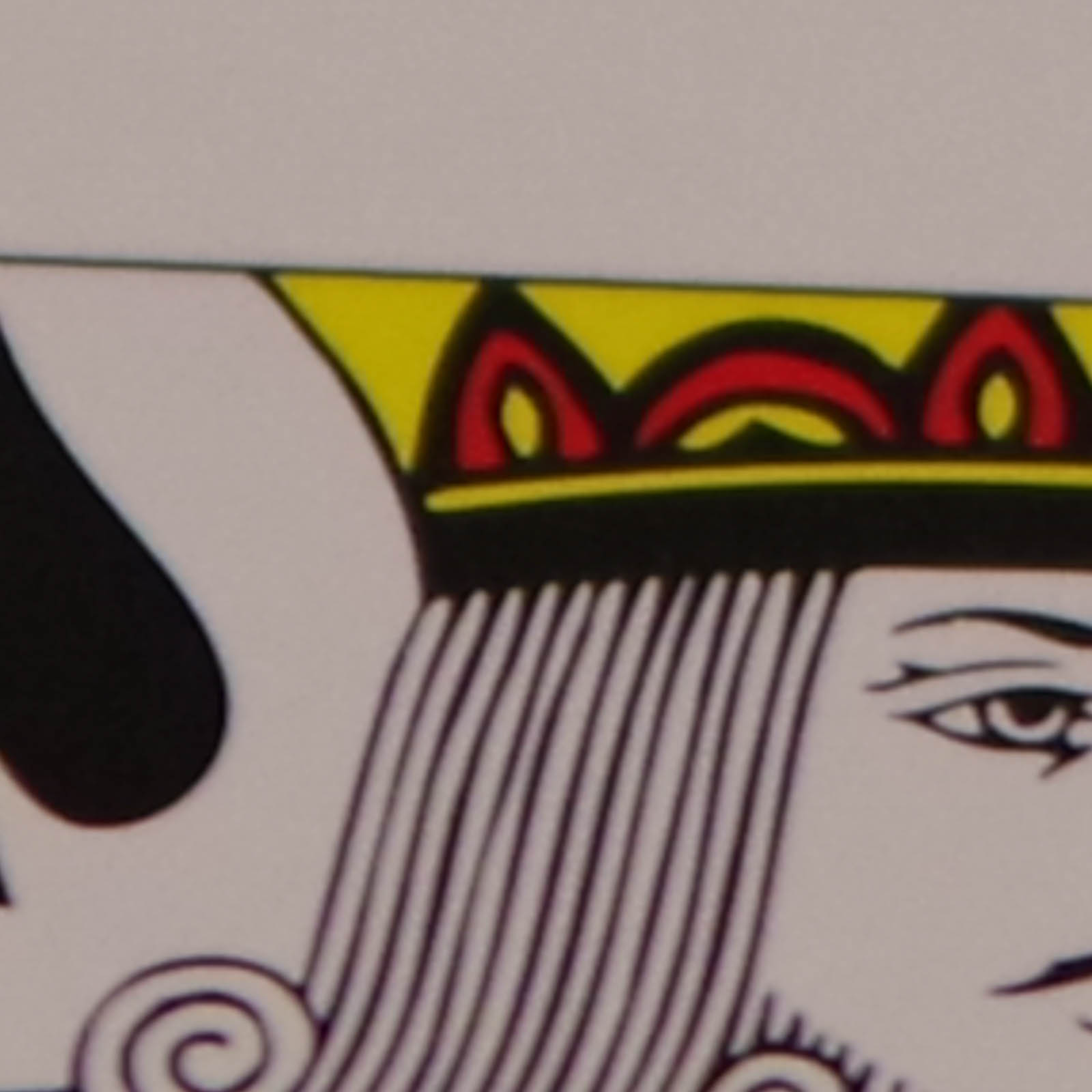 |
| F4 |  | 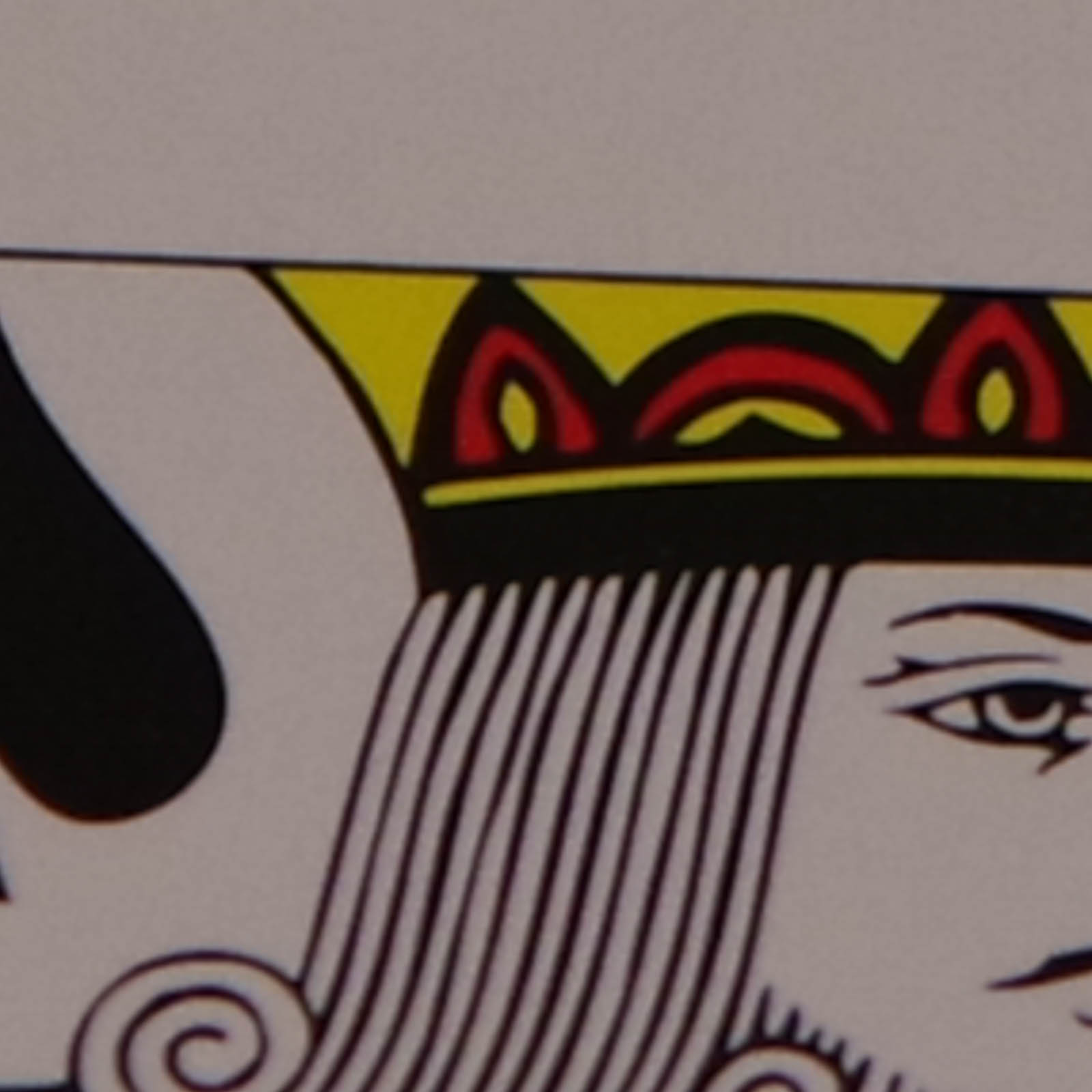 |
| F5.6 | 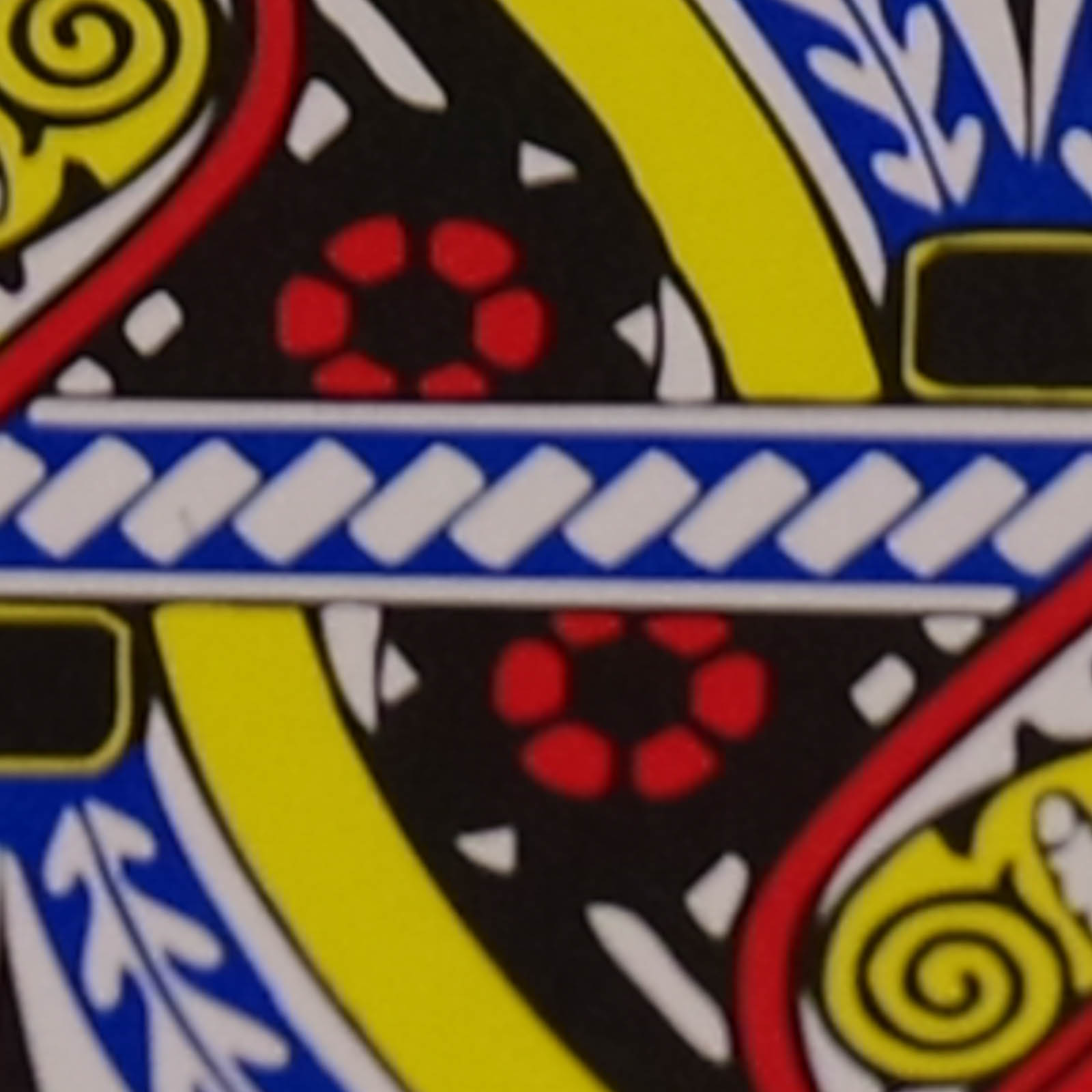 | 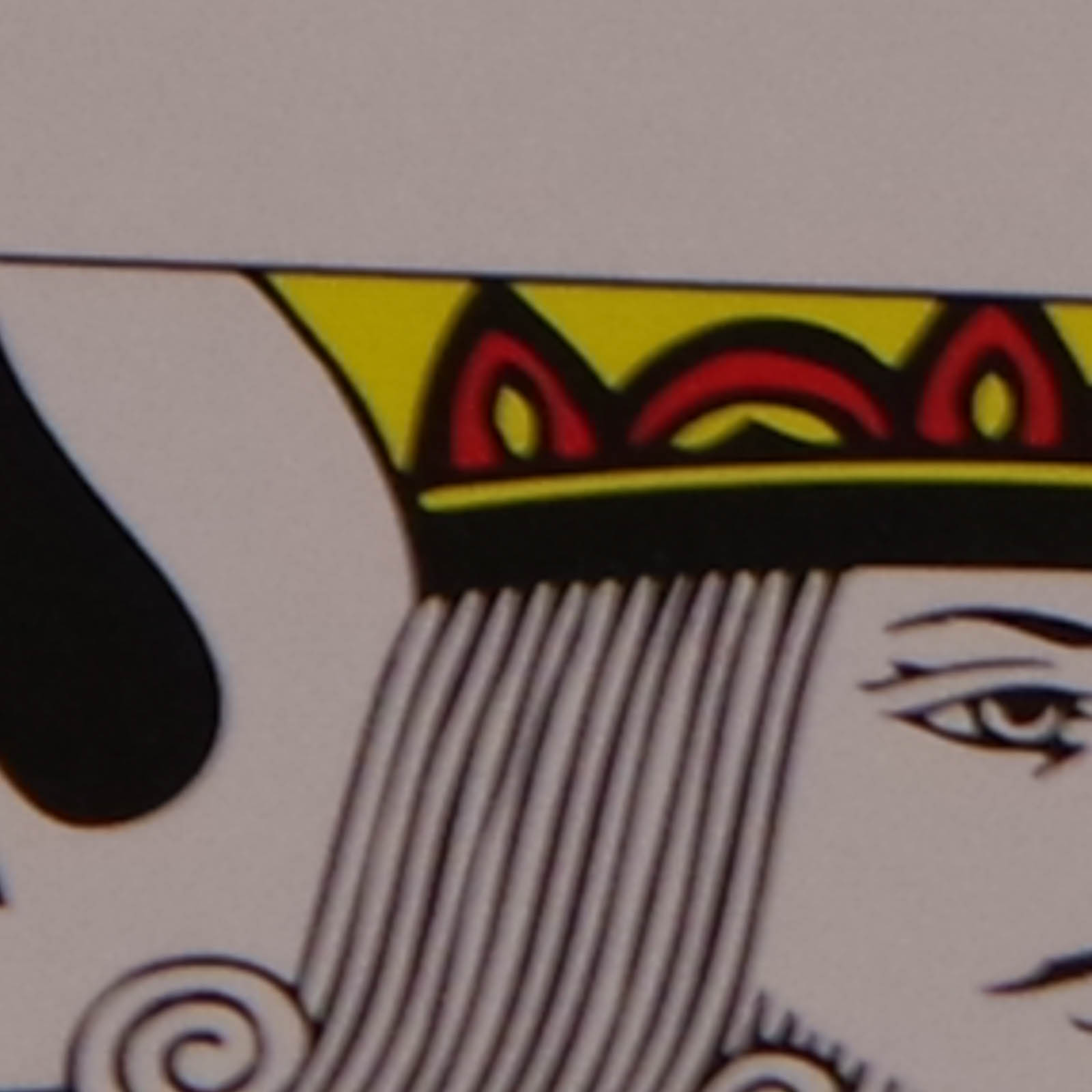 |
| F8 |  |  |
| F11 |  |  |
| F16 |  |  |
| F22 |  | 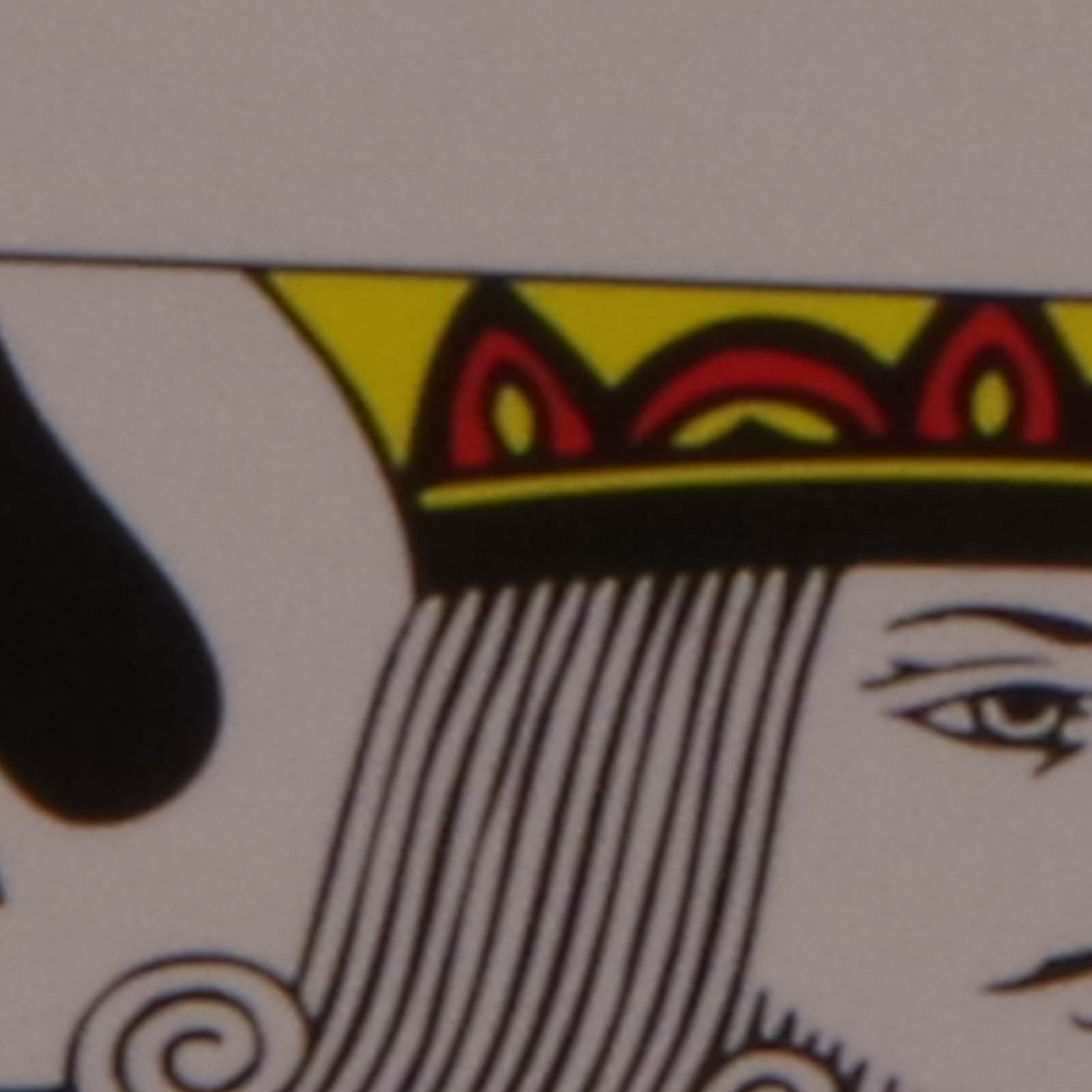 |
Top
Pentax | Tamron | |
| F2.8 | 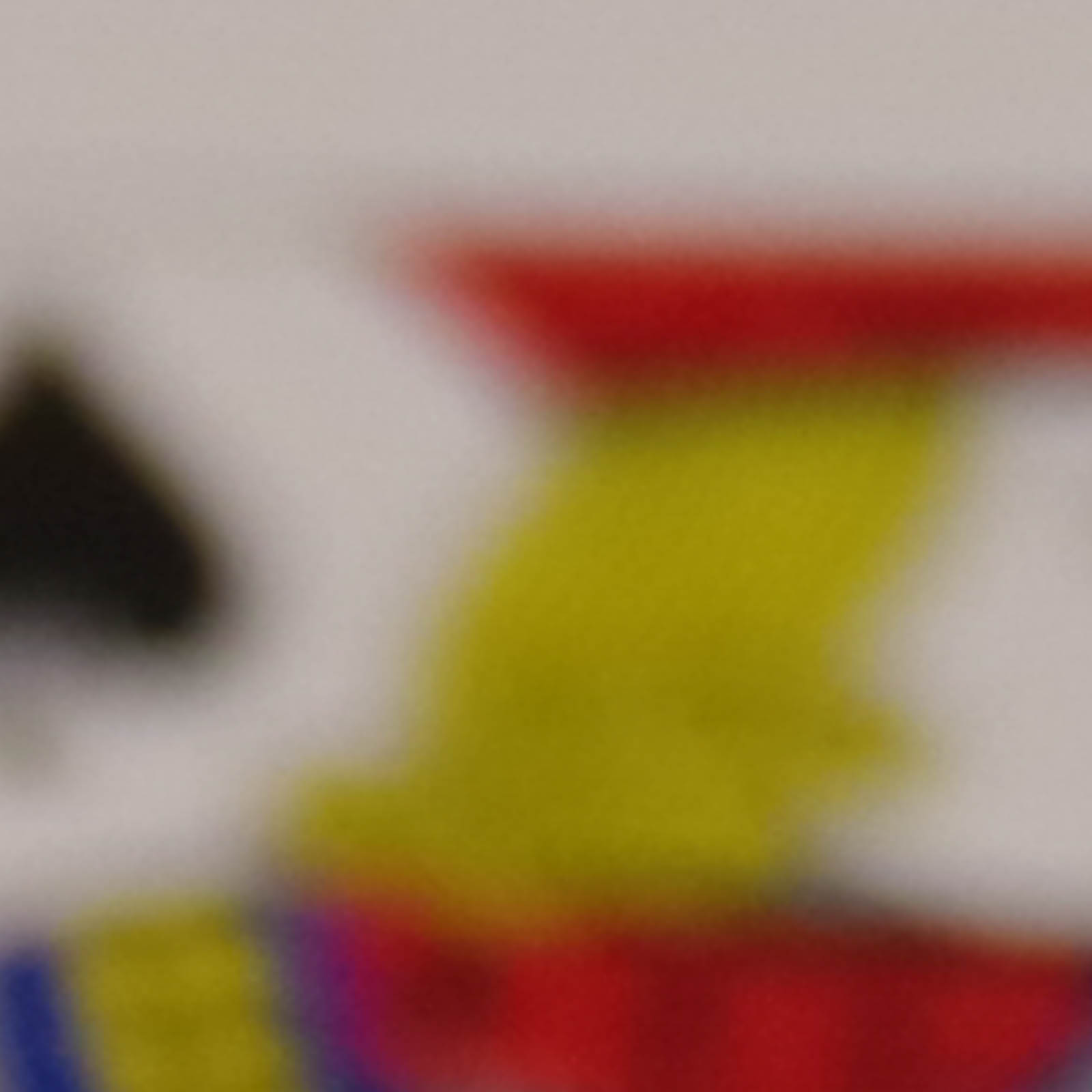 | 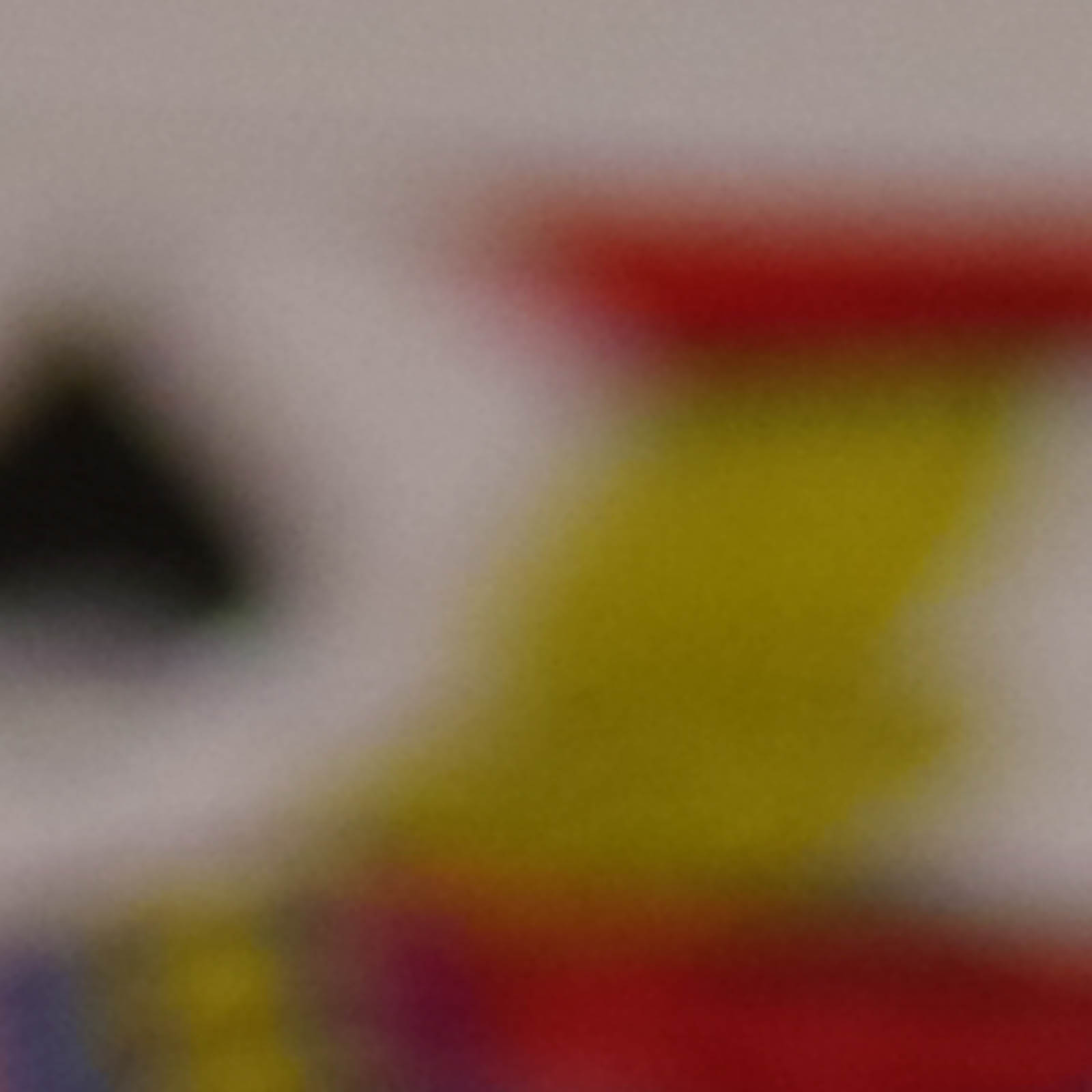 |
| F4 | 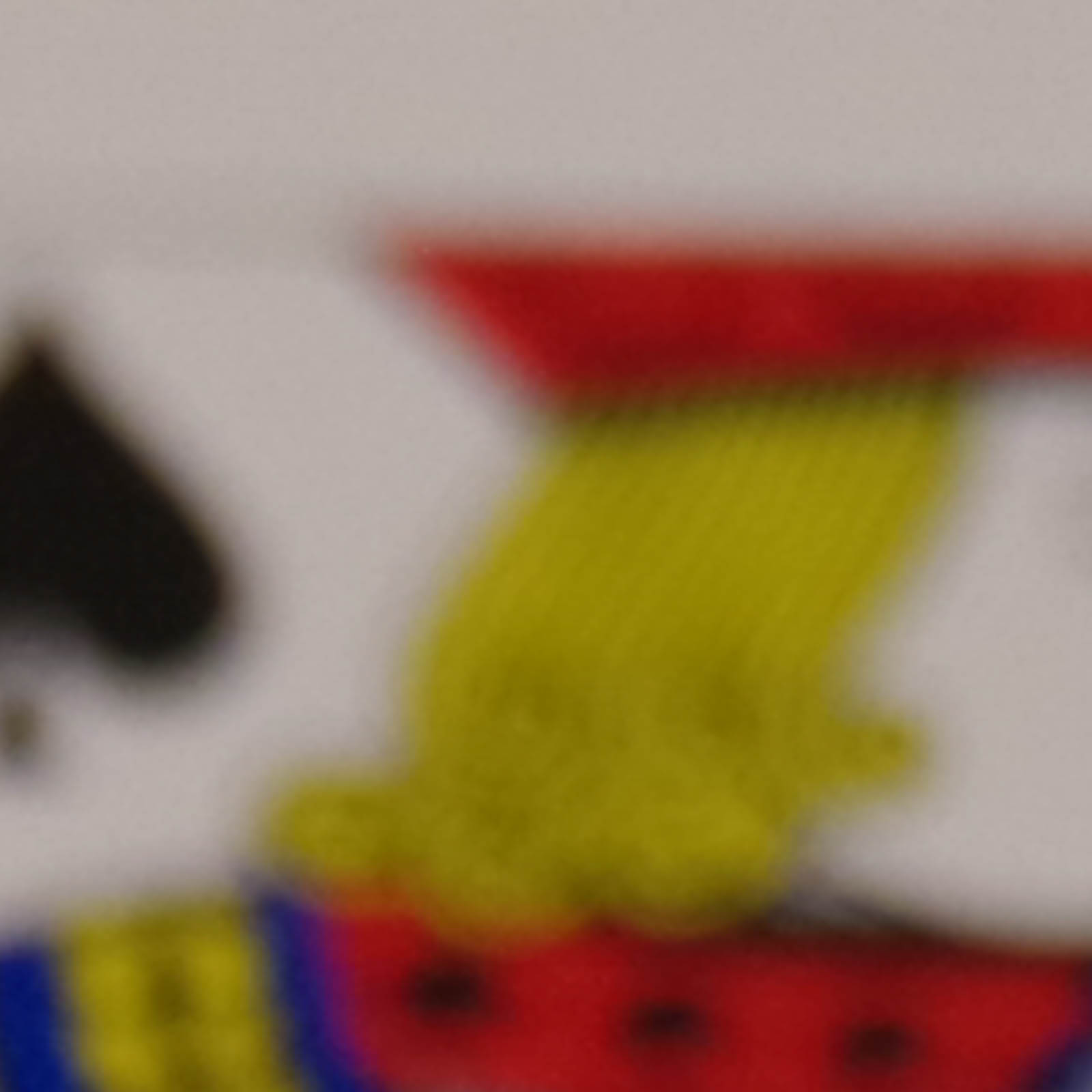 | 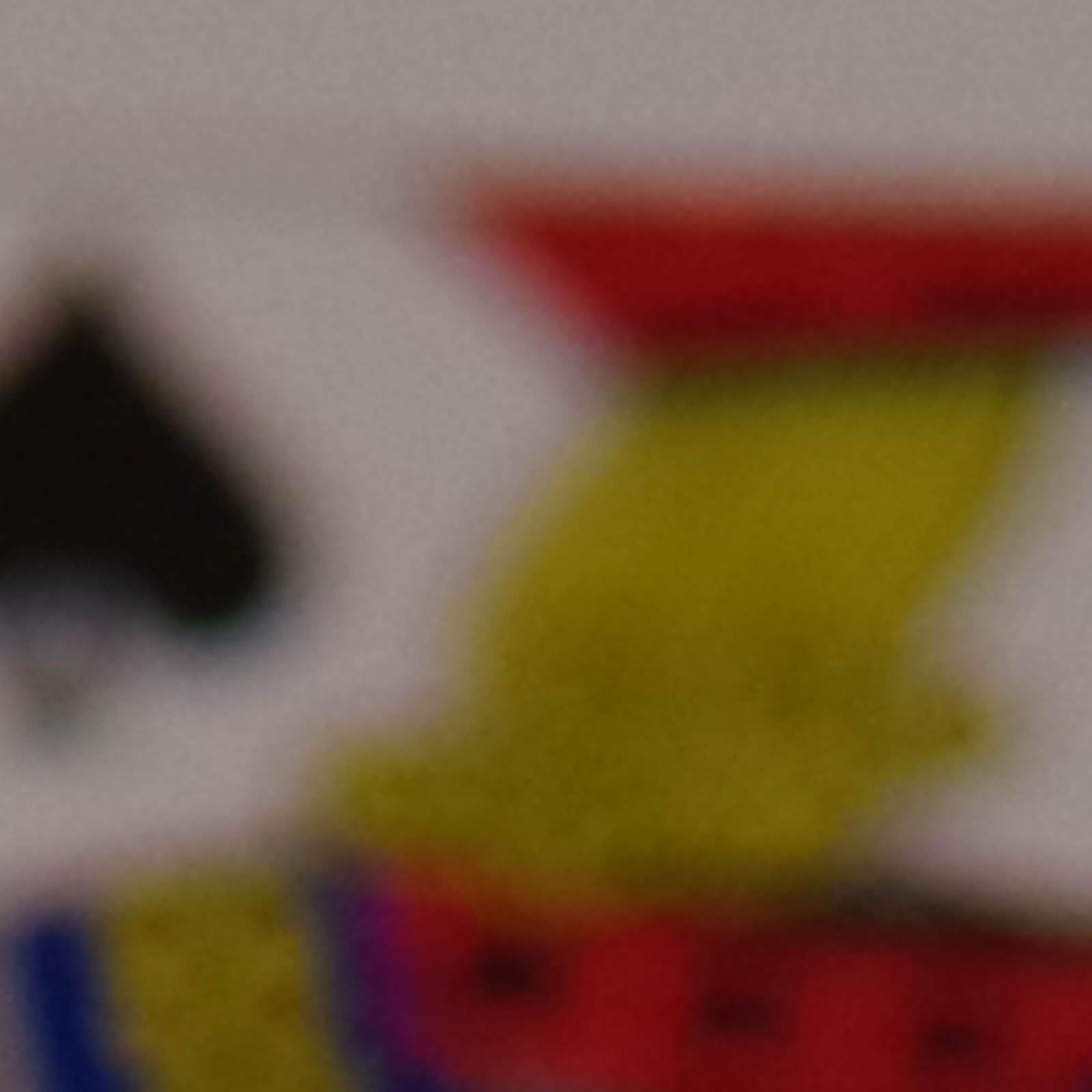 |
| F5.6 | 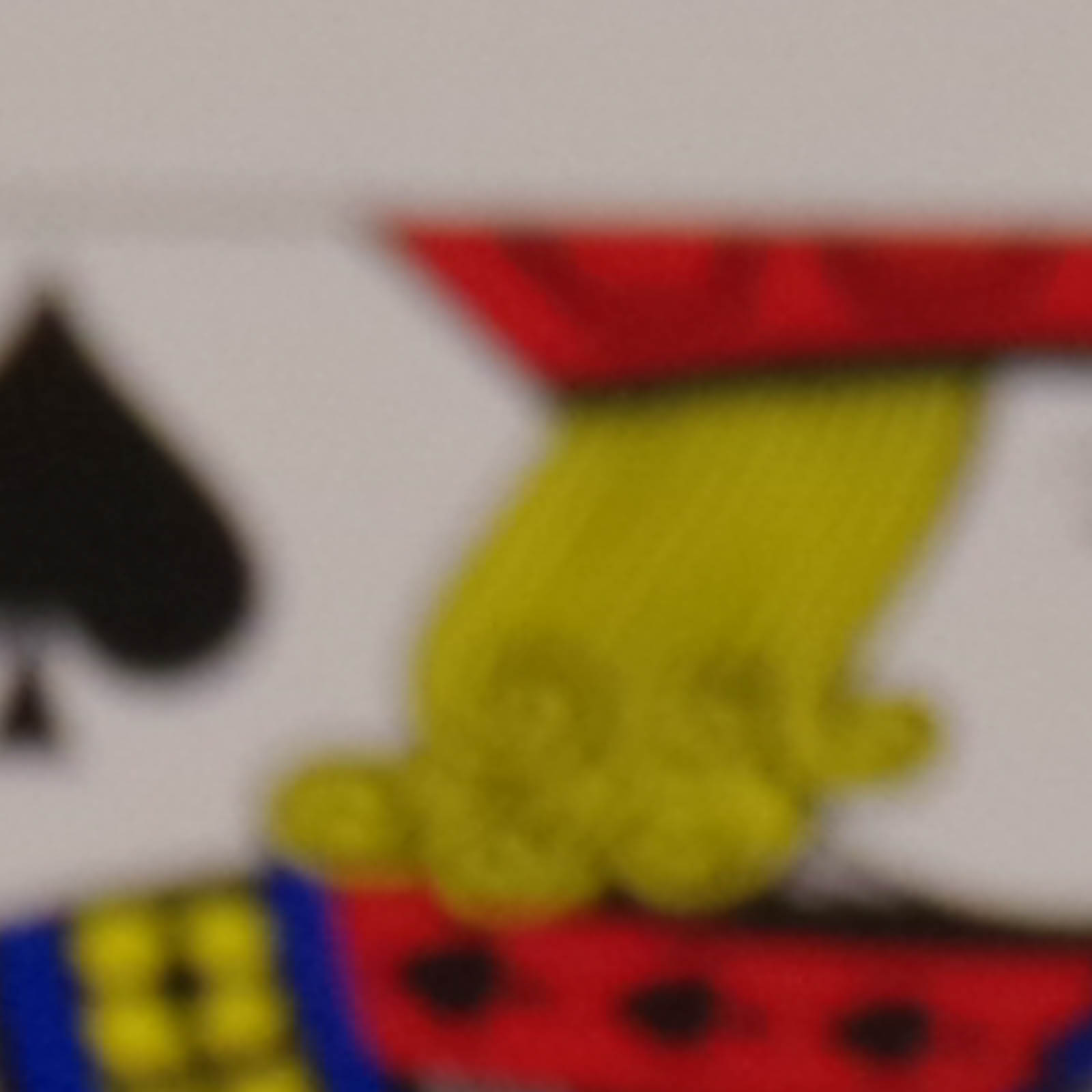 | 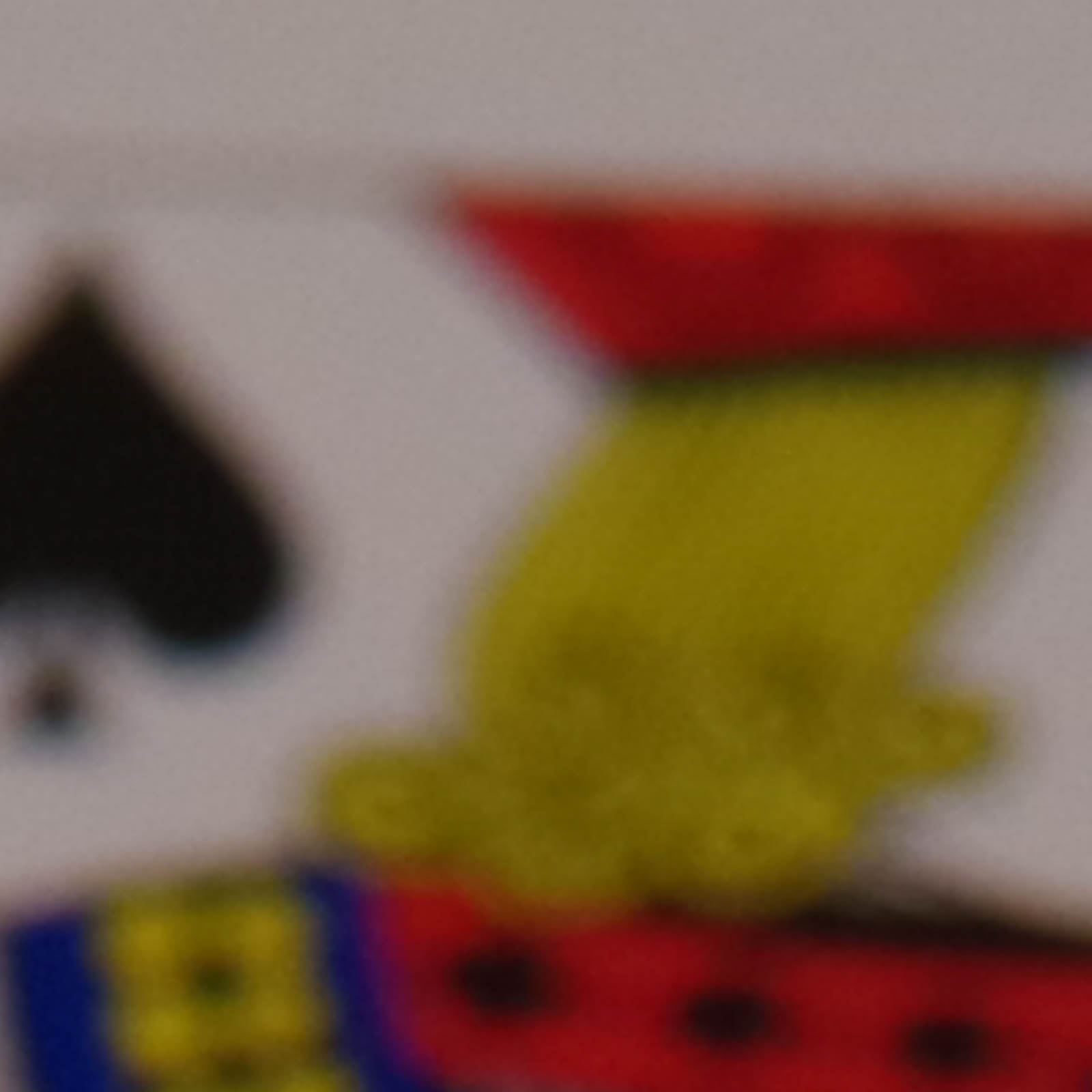 |
| F8 | 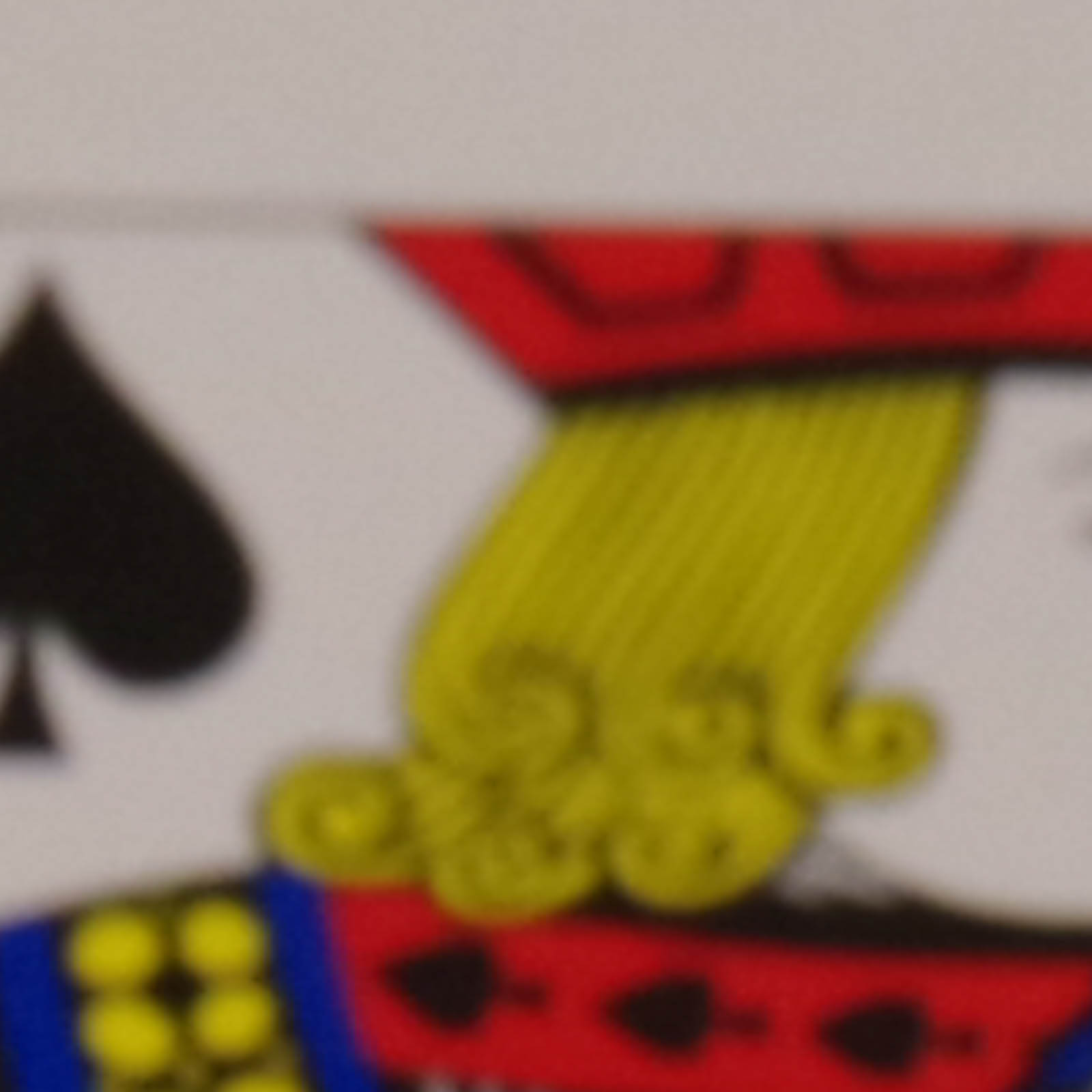 | 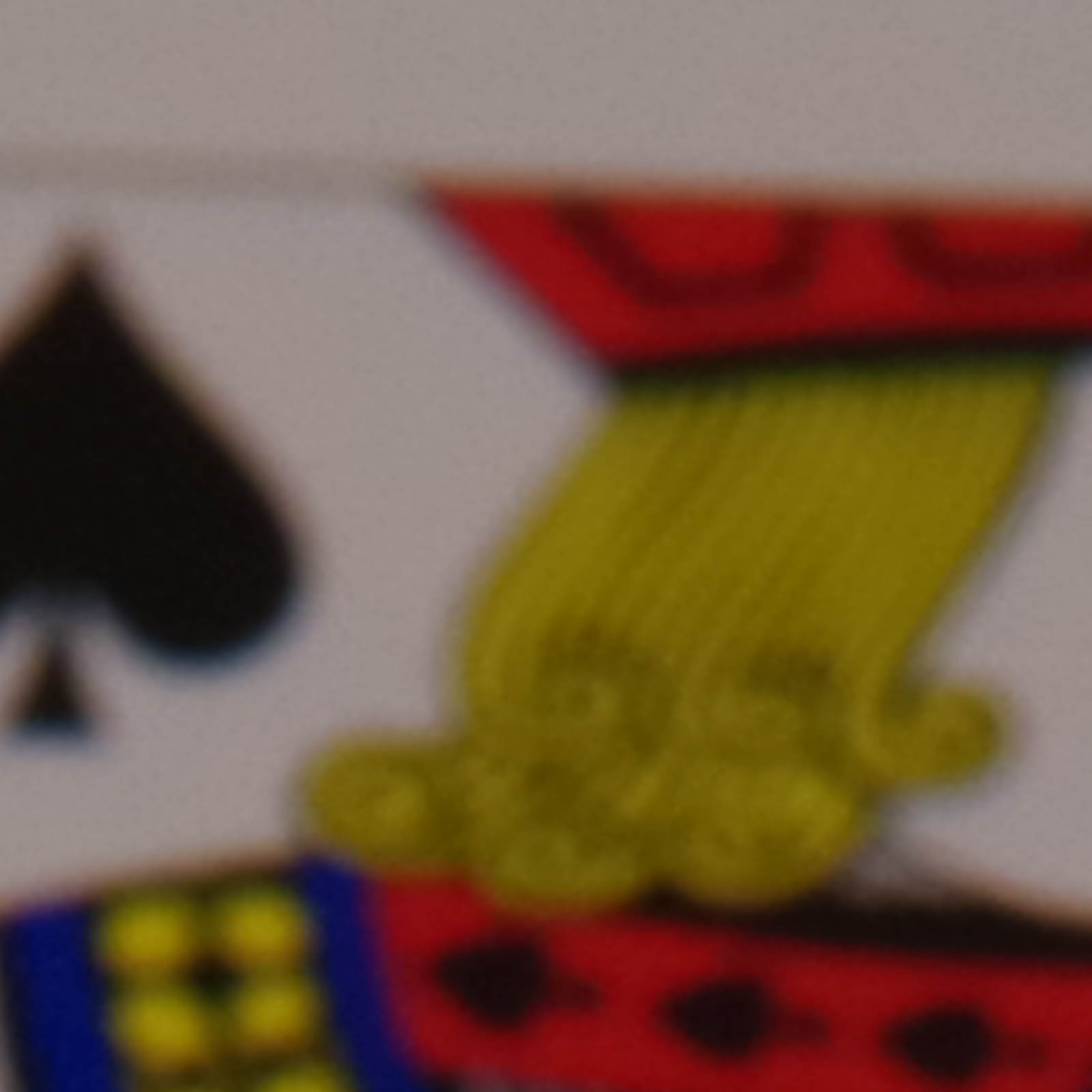 |
| F11 | 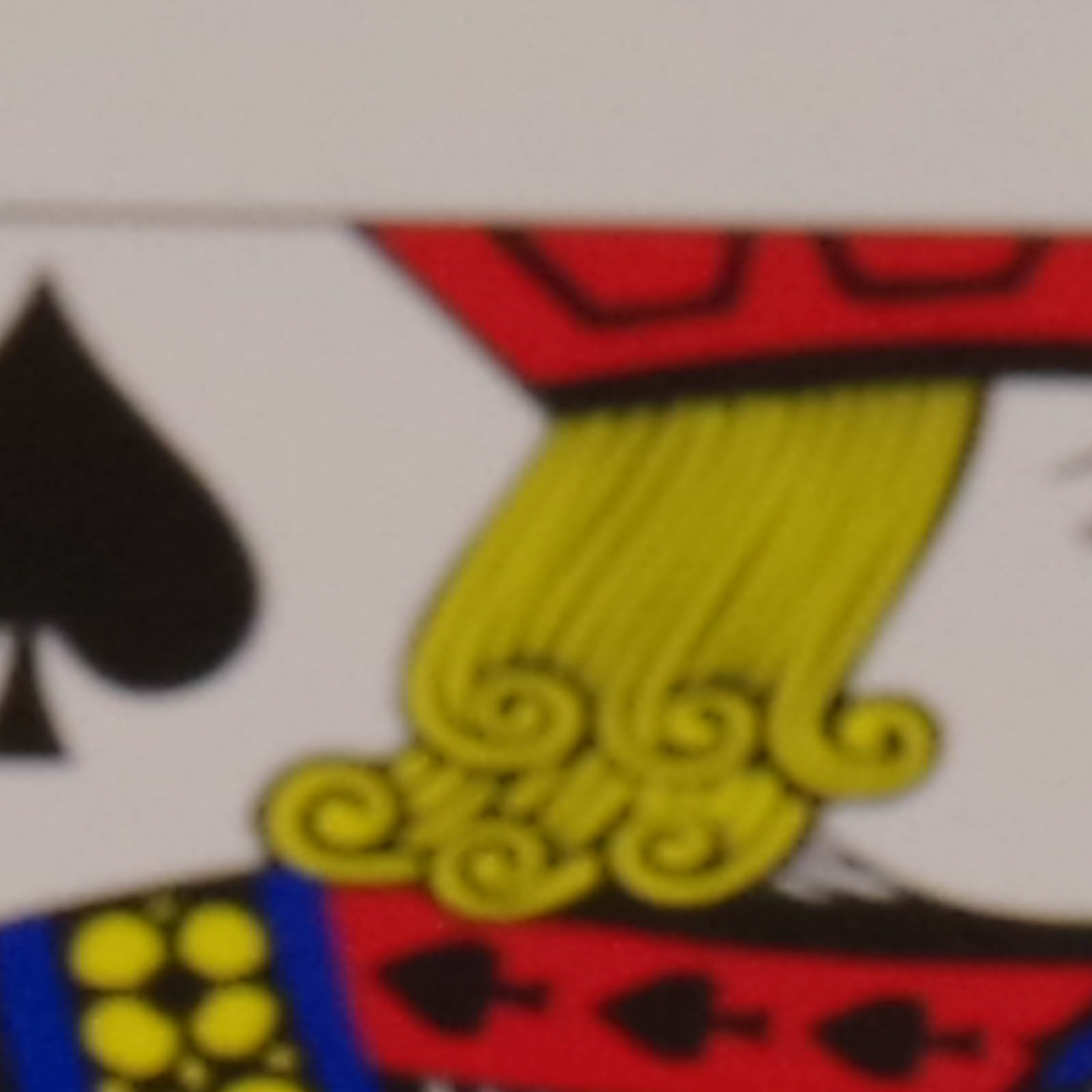 | 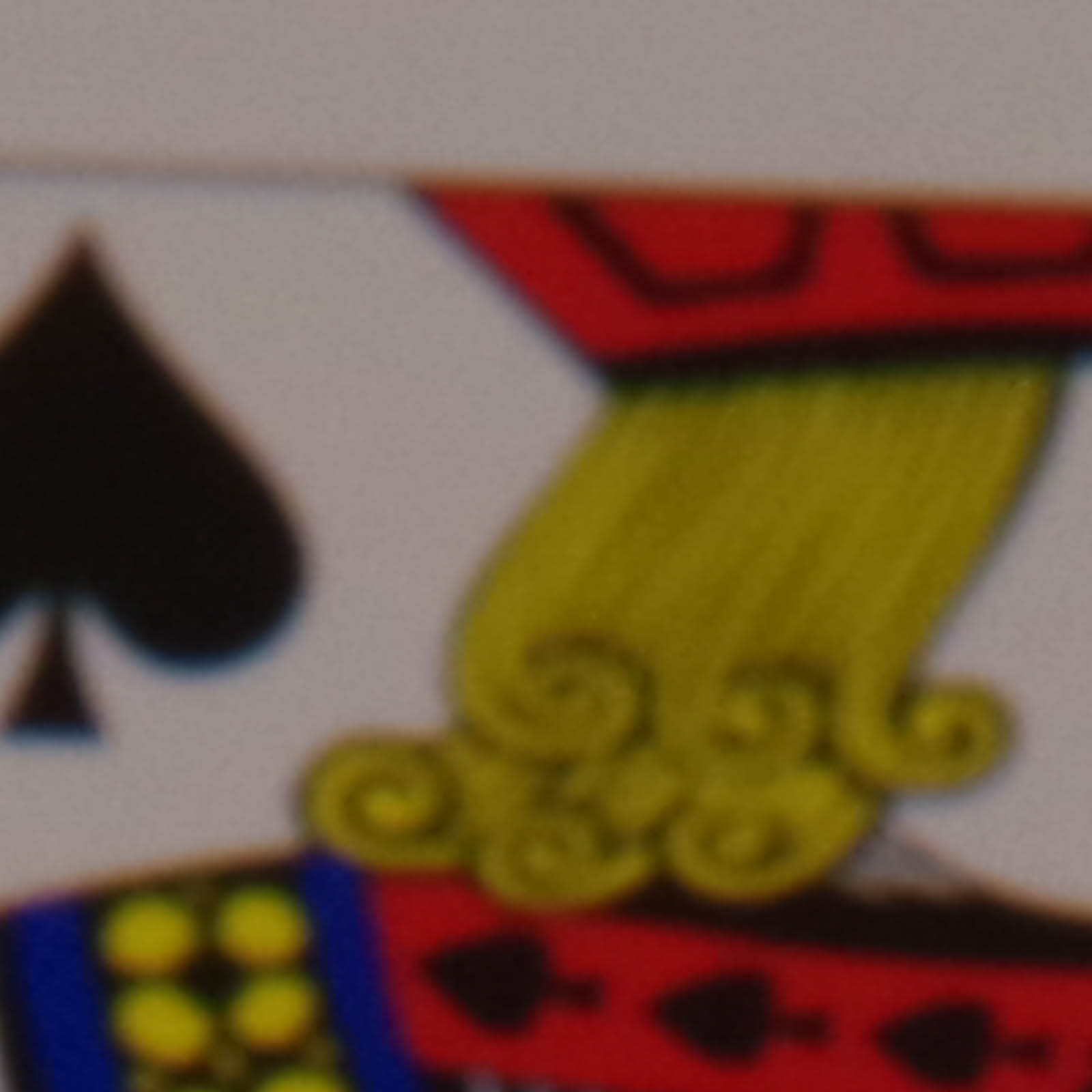 |
| F16 | 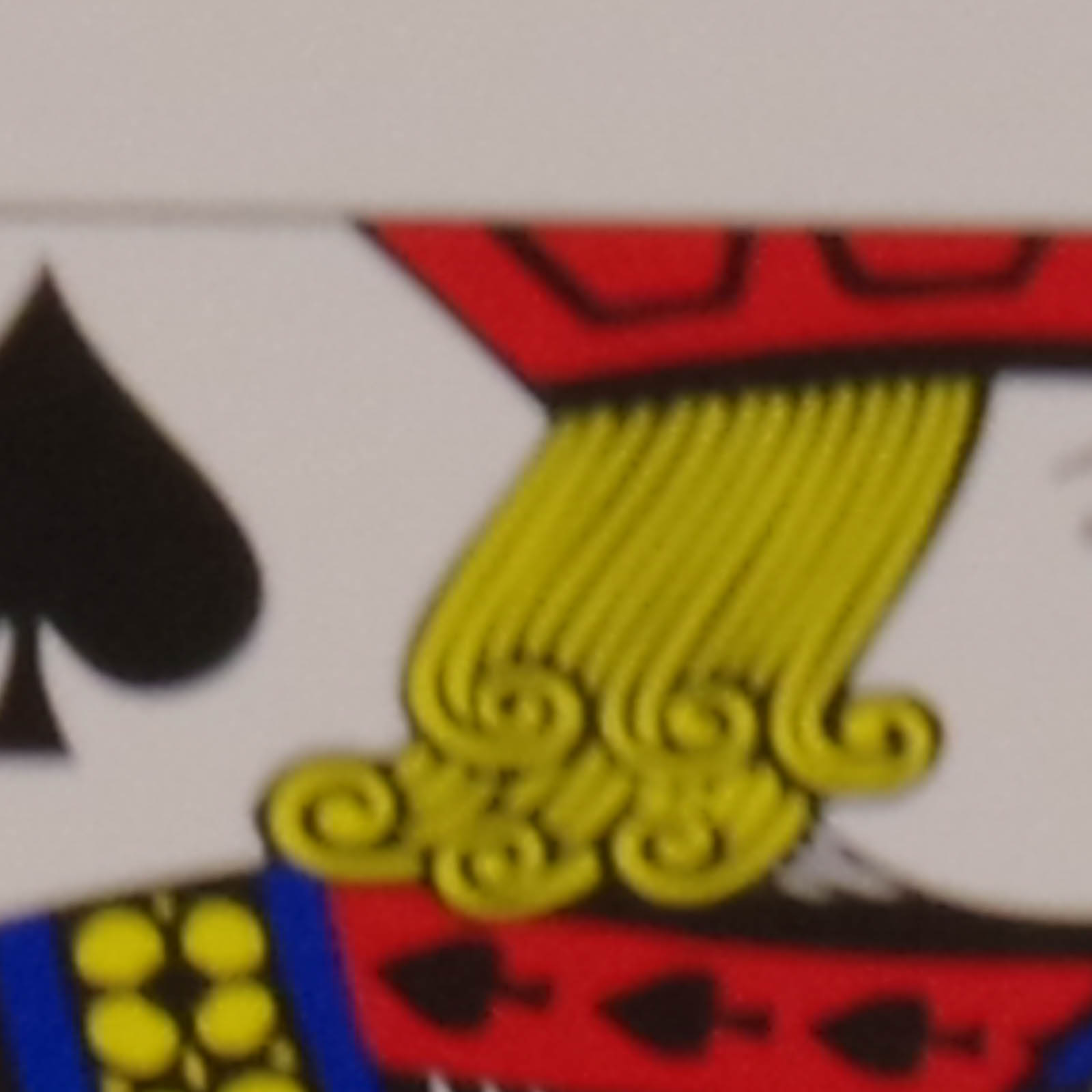 |  |
| F22 |  |  |
Bottom
Pentax | Tamron | |
| F2.8 | 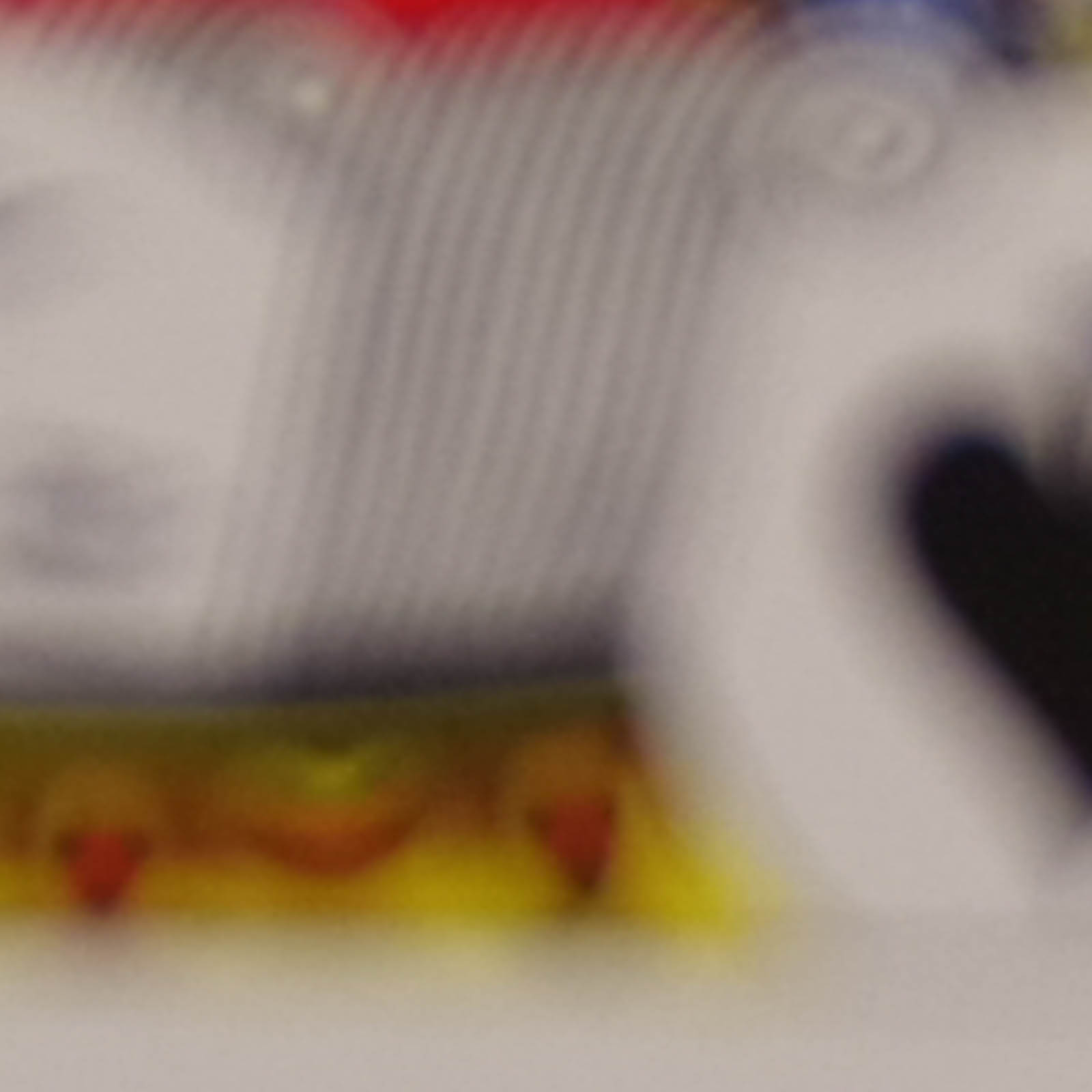 | 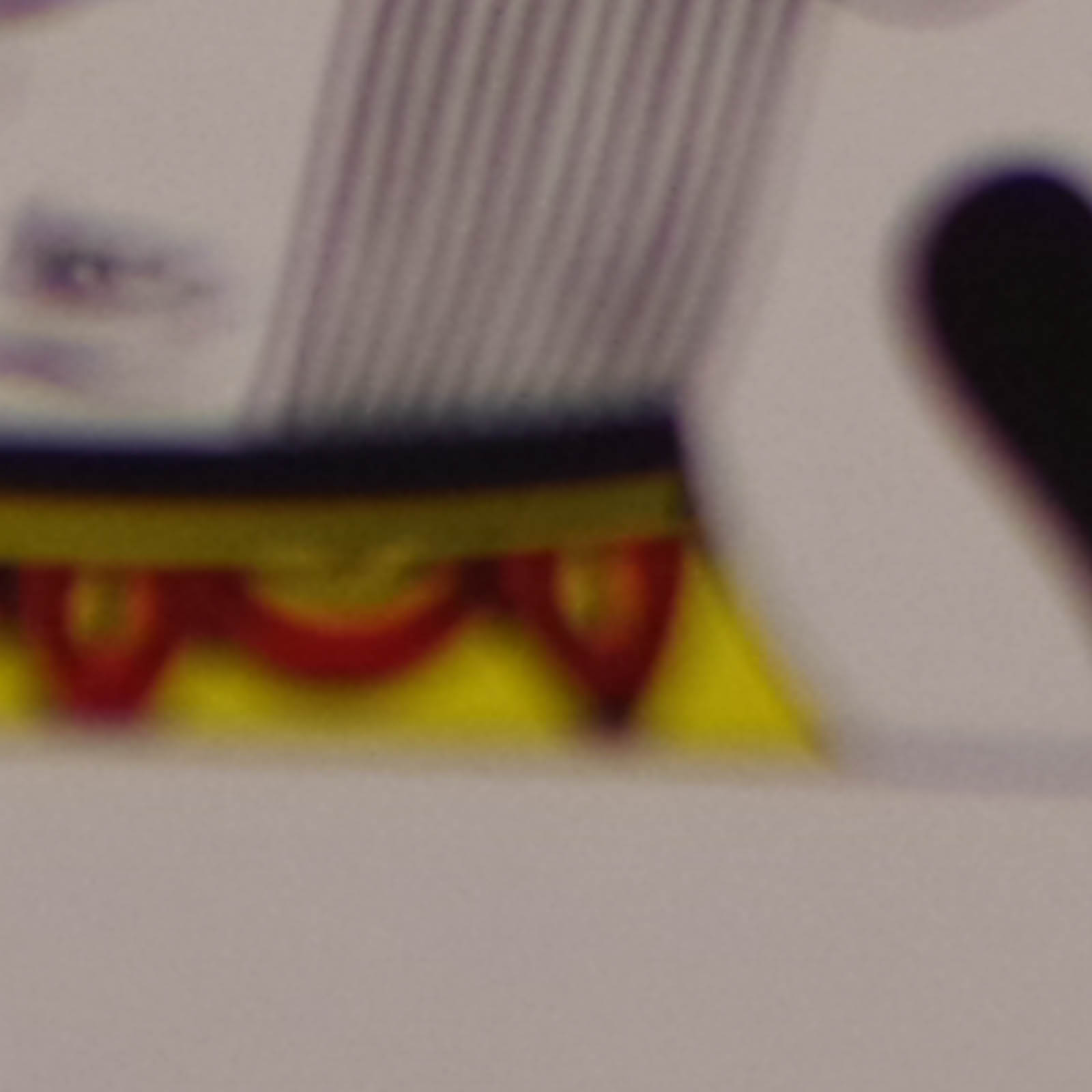 |
| F4 | 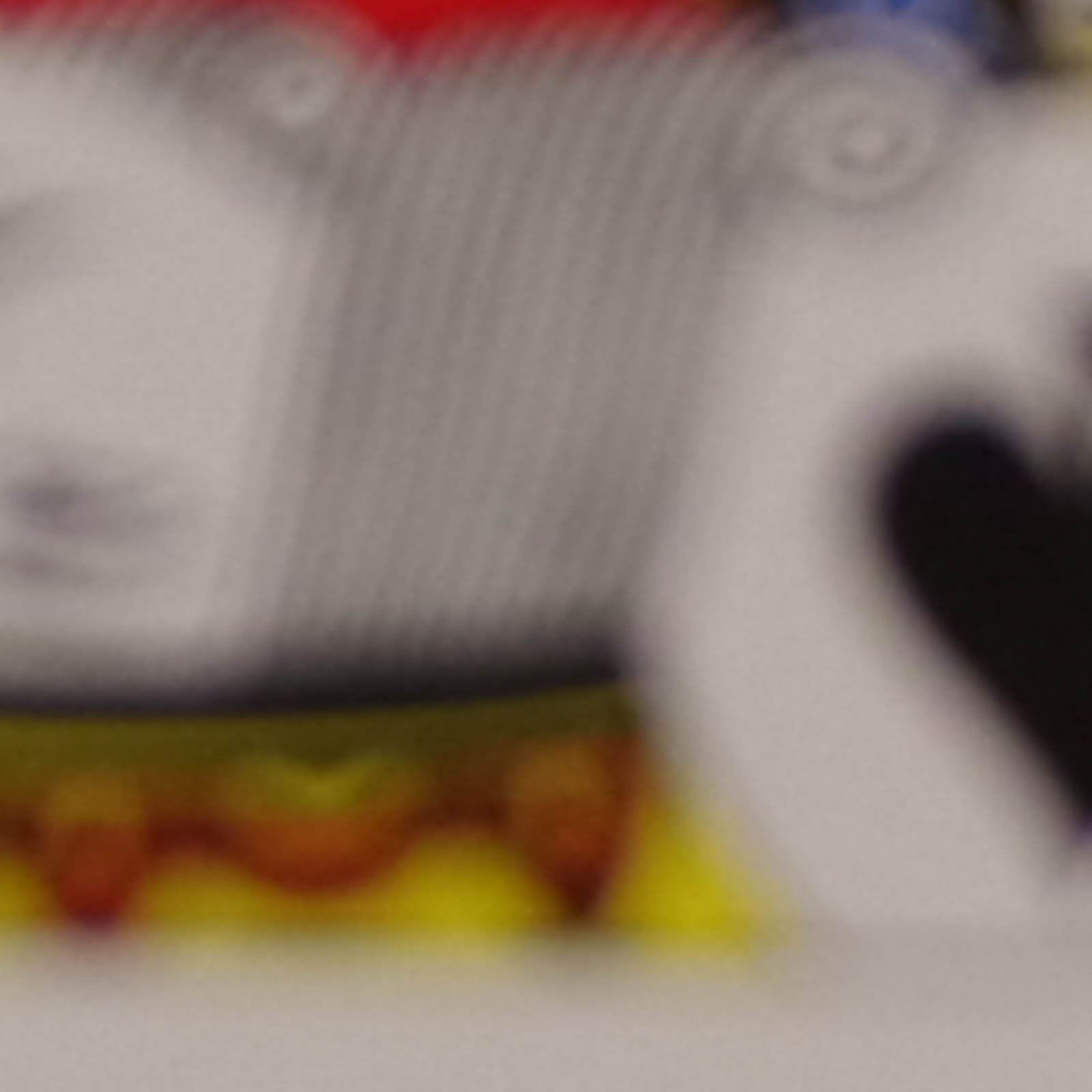 | 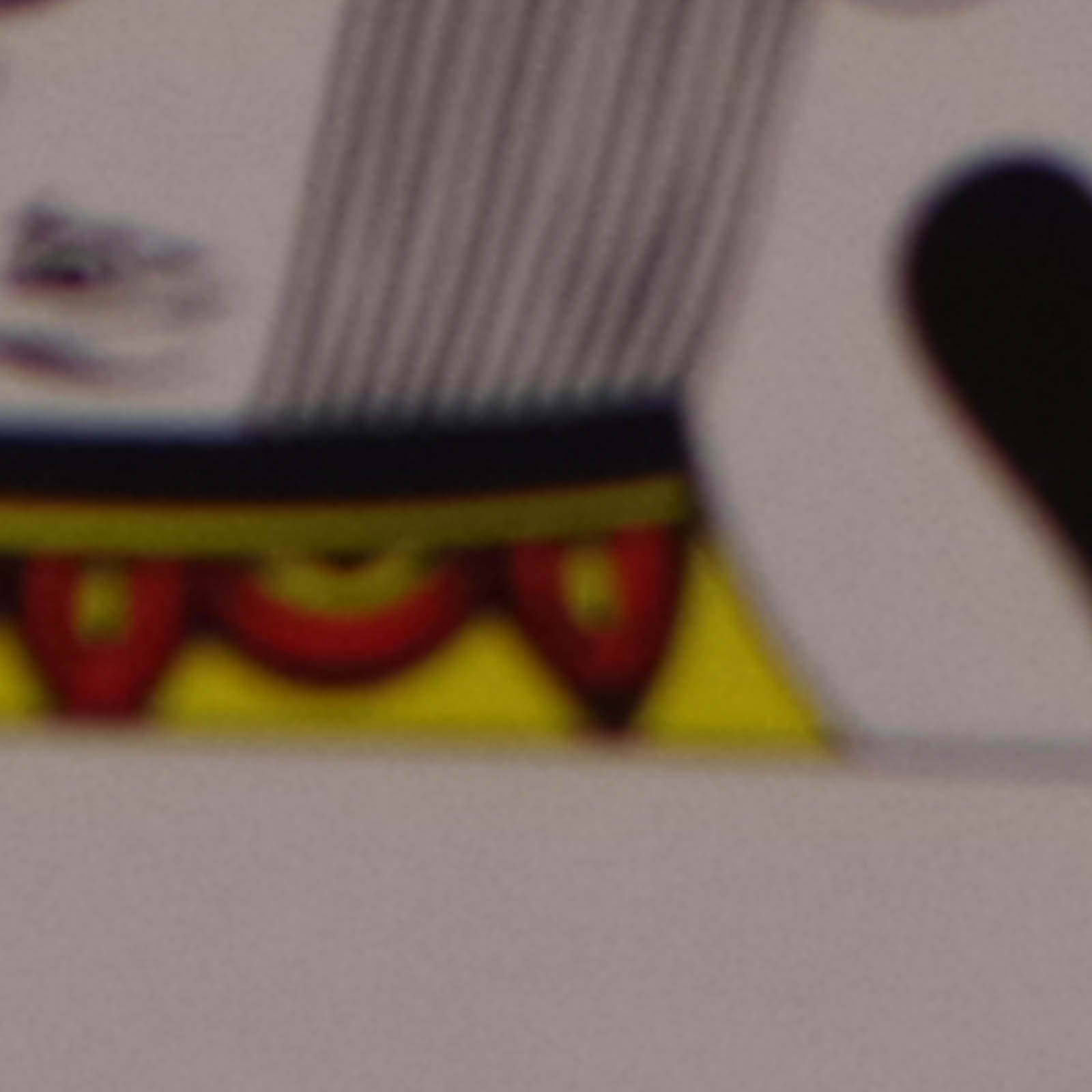 |
| F5.6 | 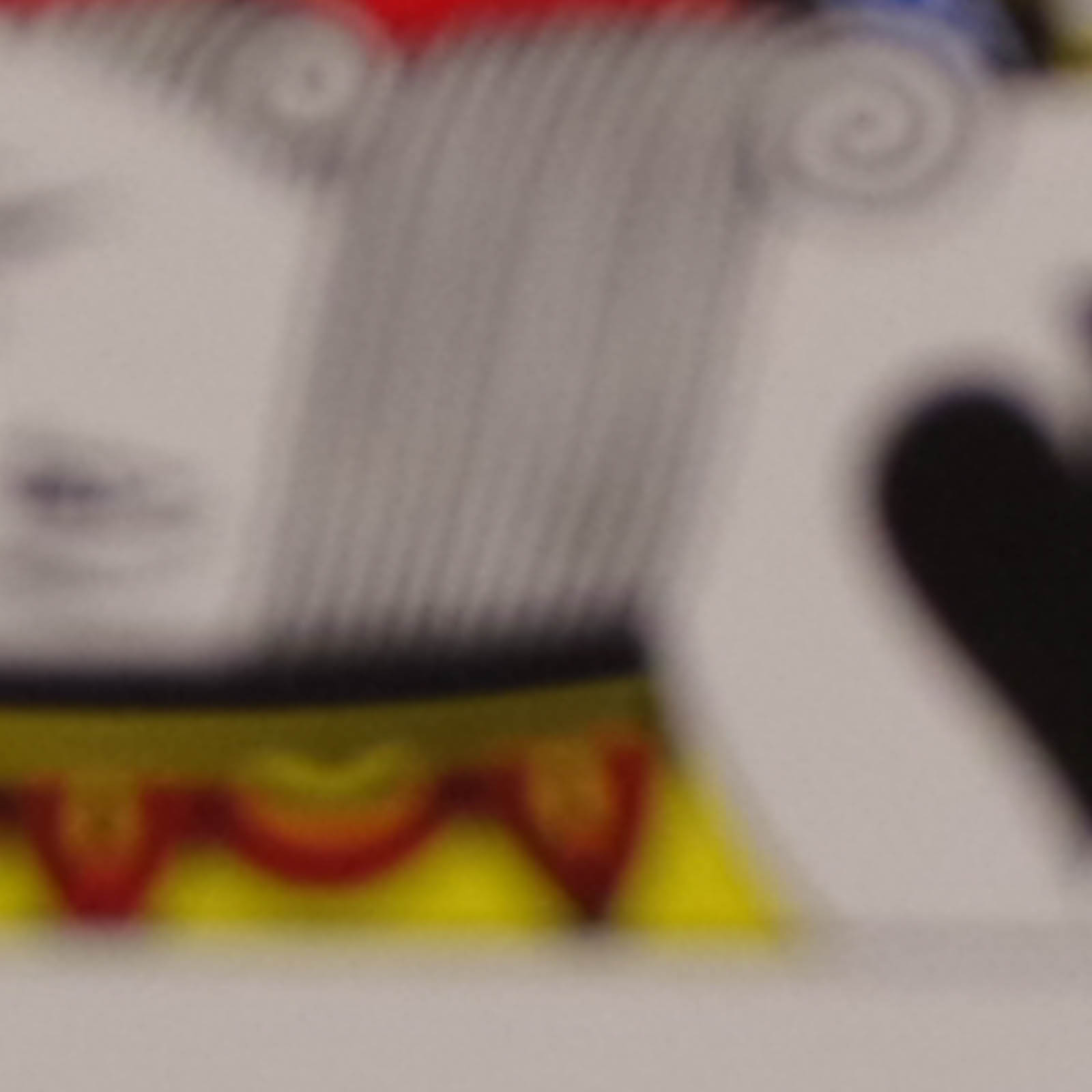 | 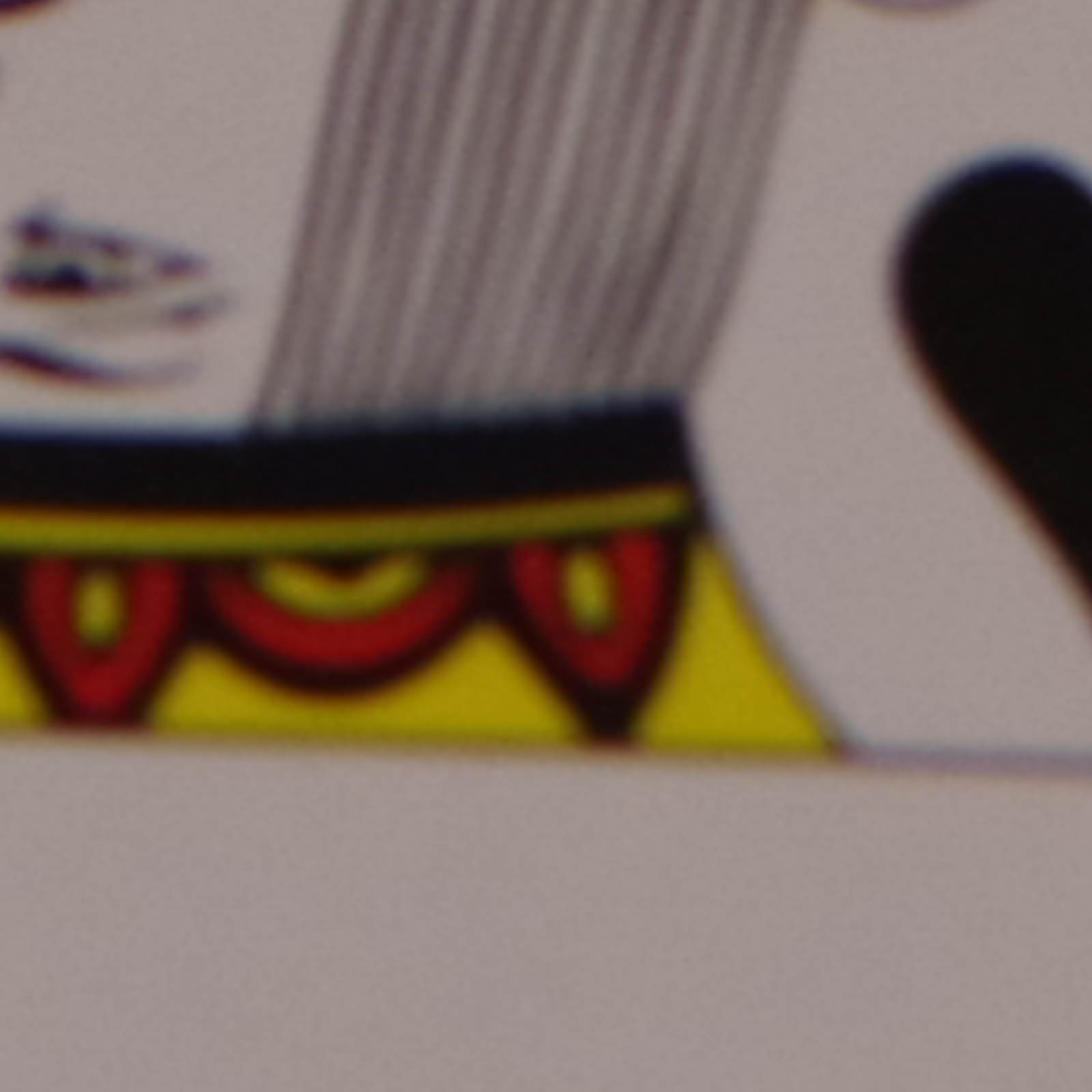 |
| F8 | 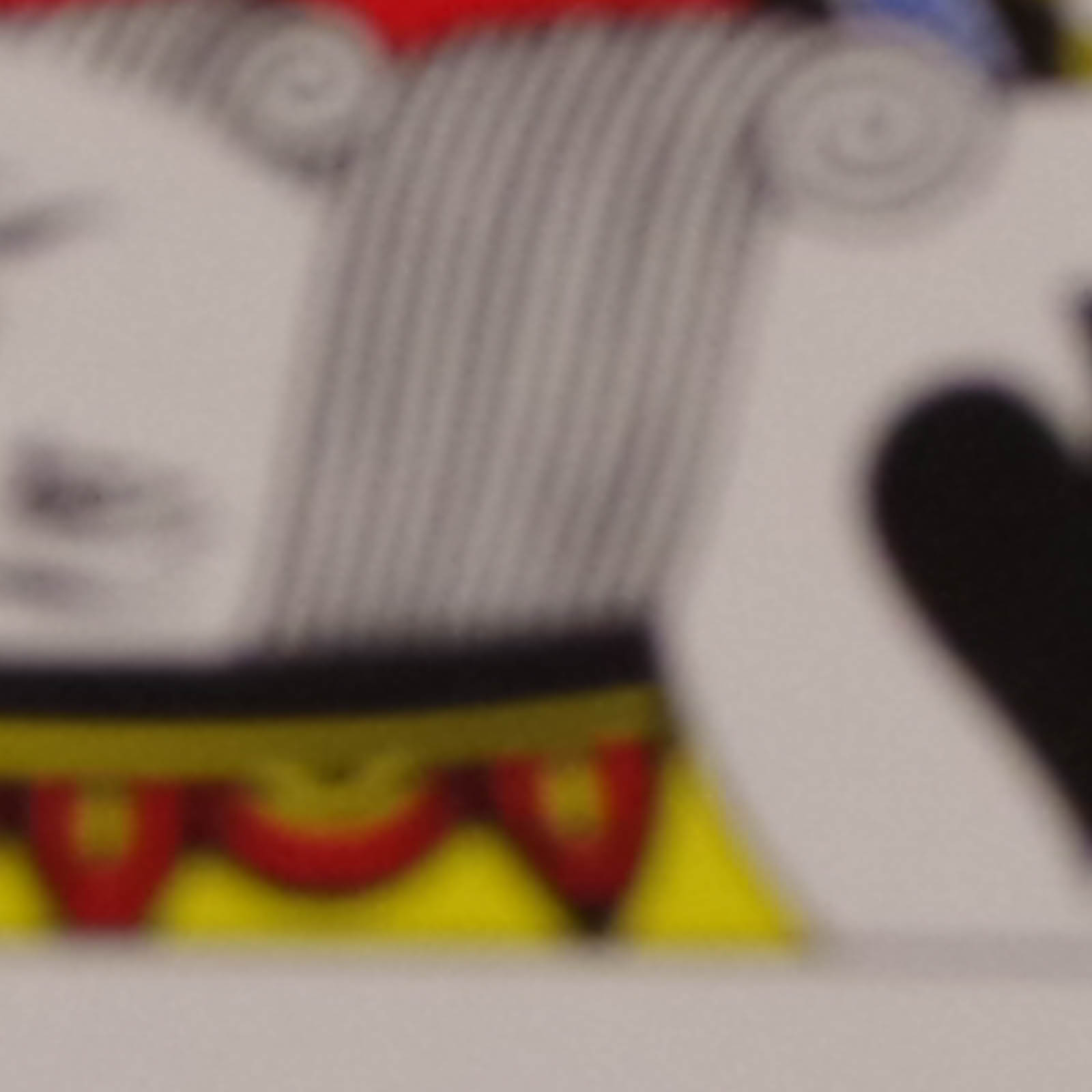 | 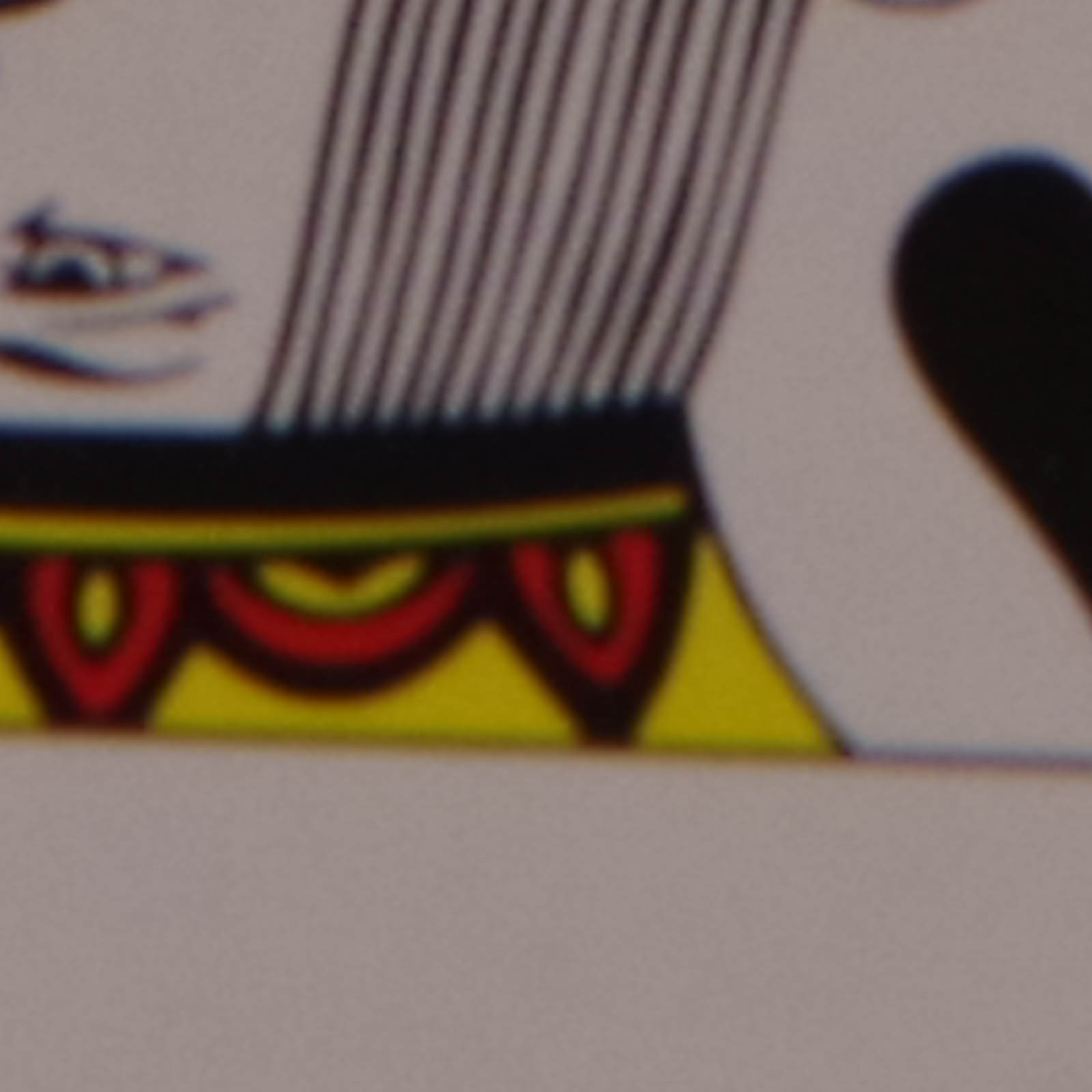 |
| F11 | 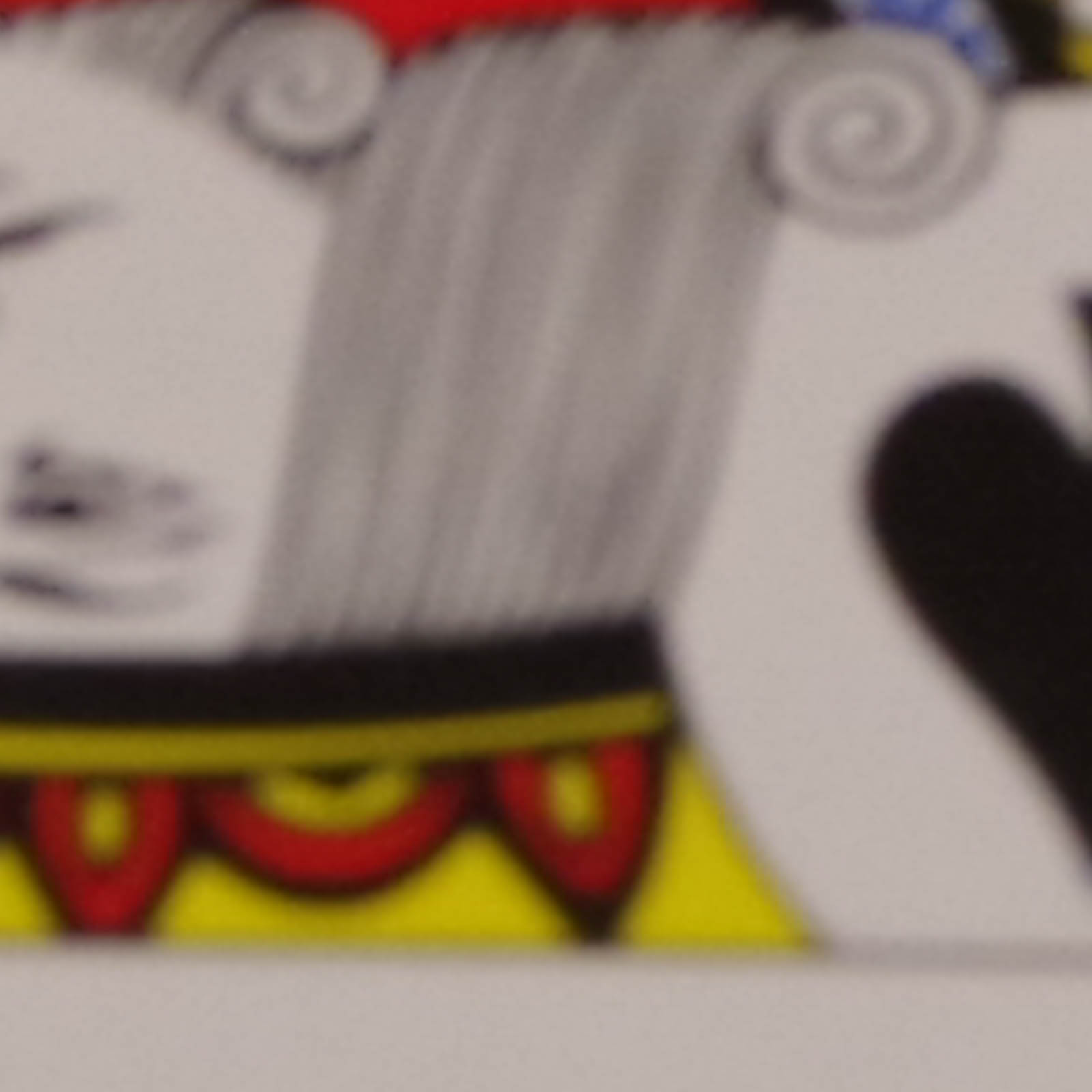 | 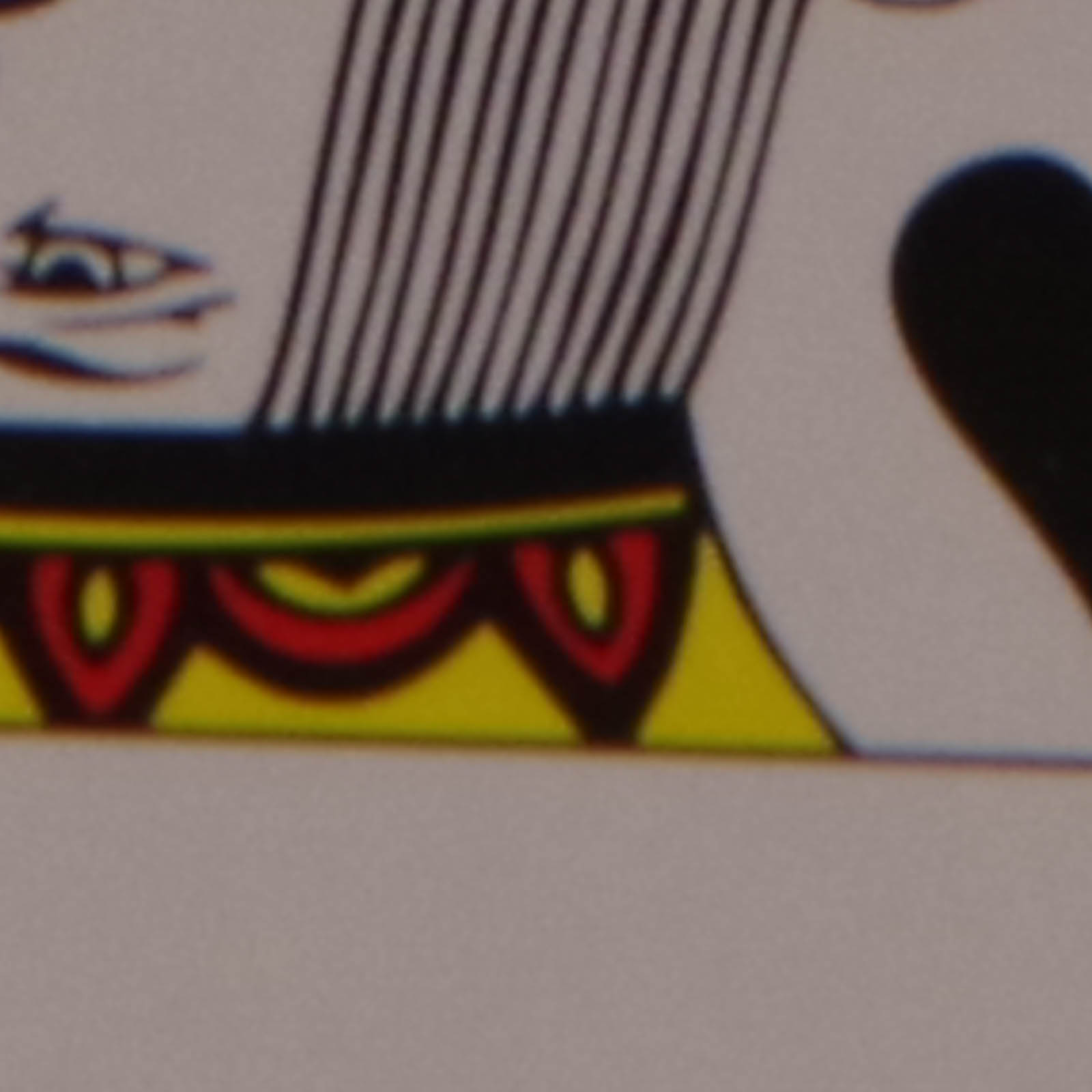 |
| F16 | 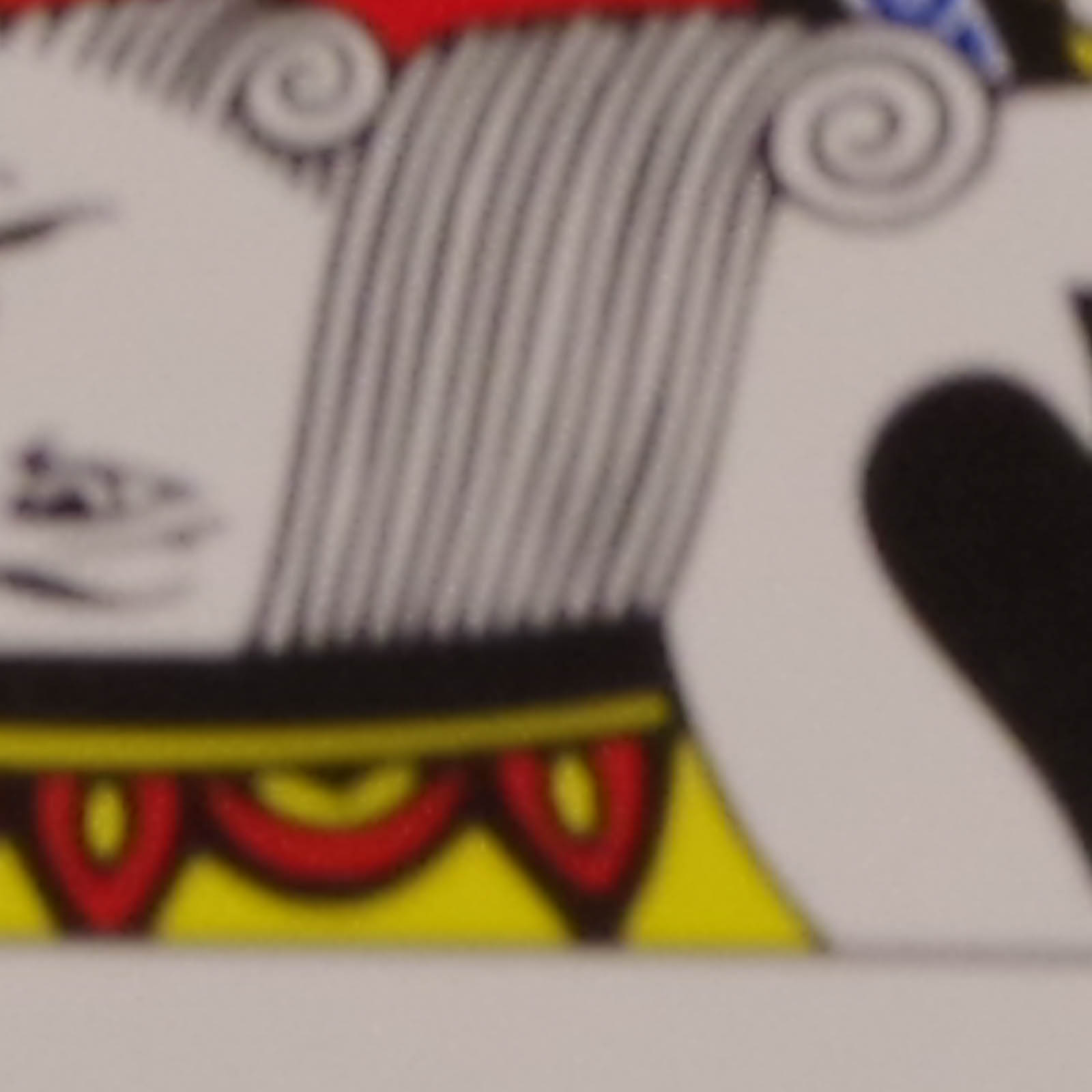 | 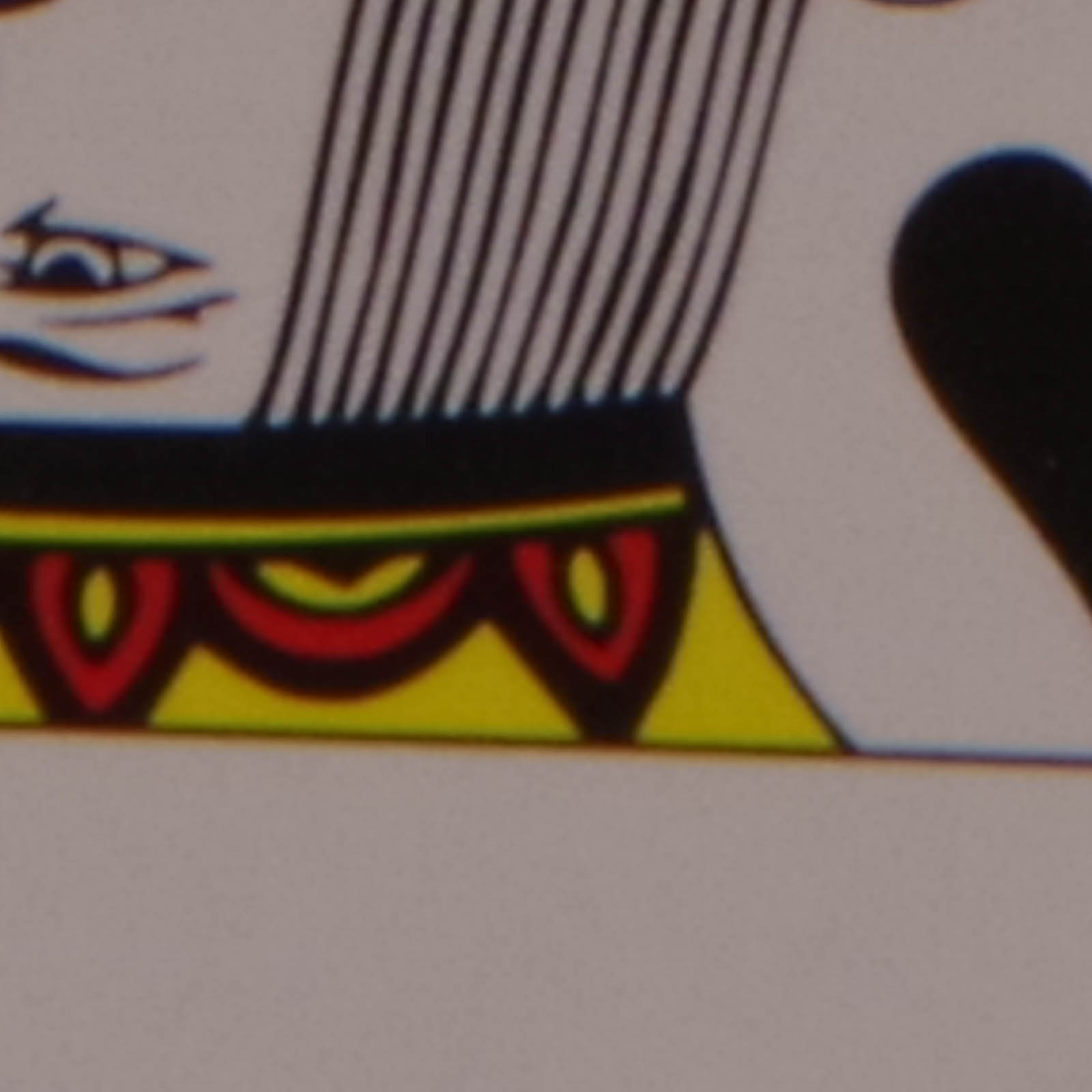 |
| F22 | 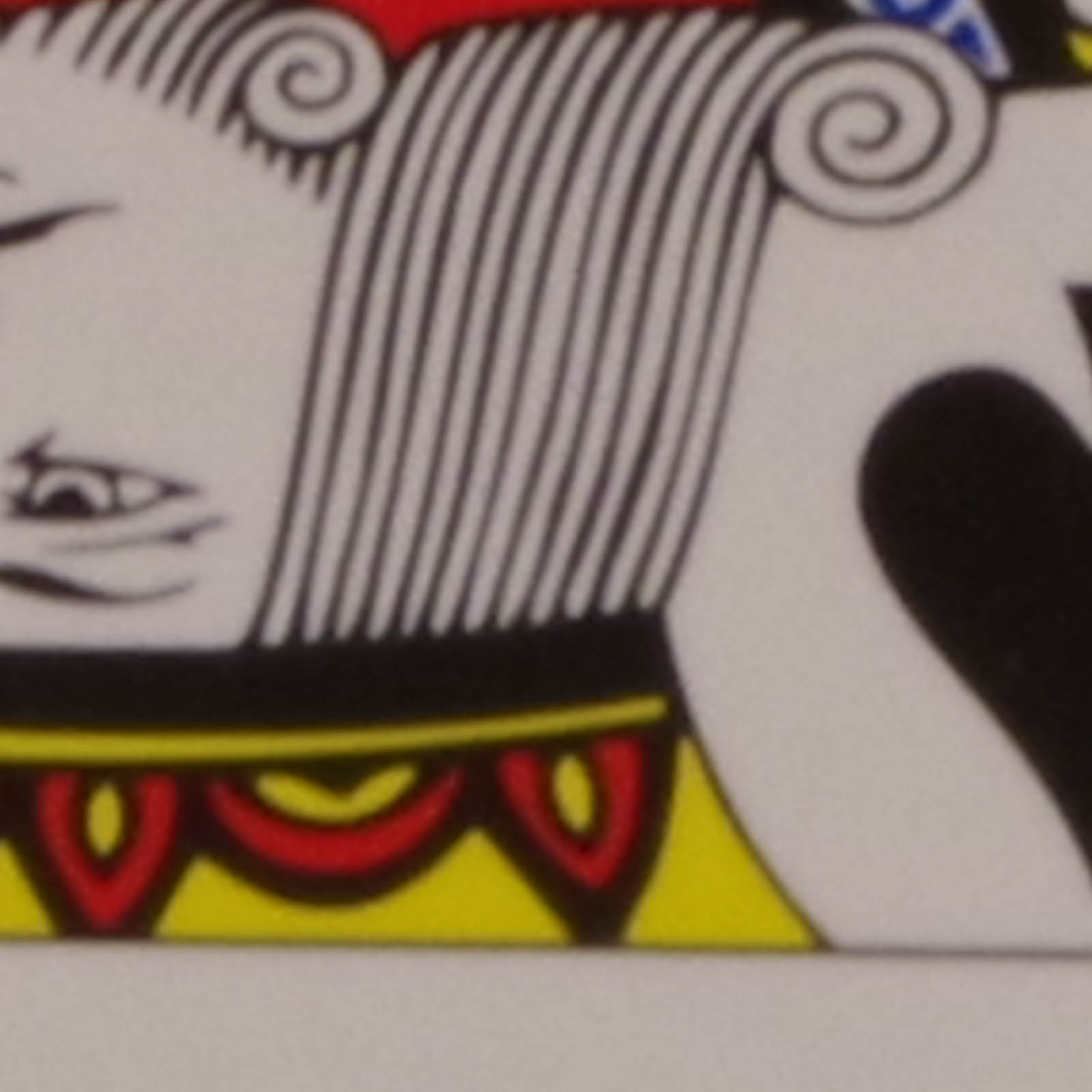 | 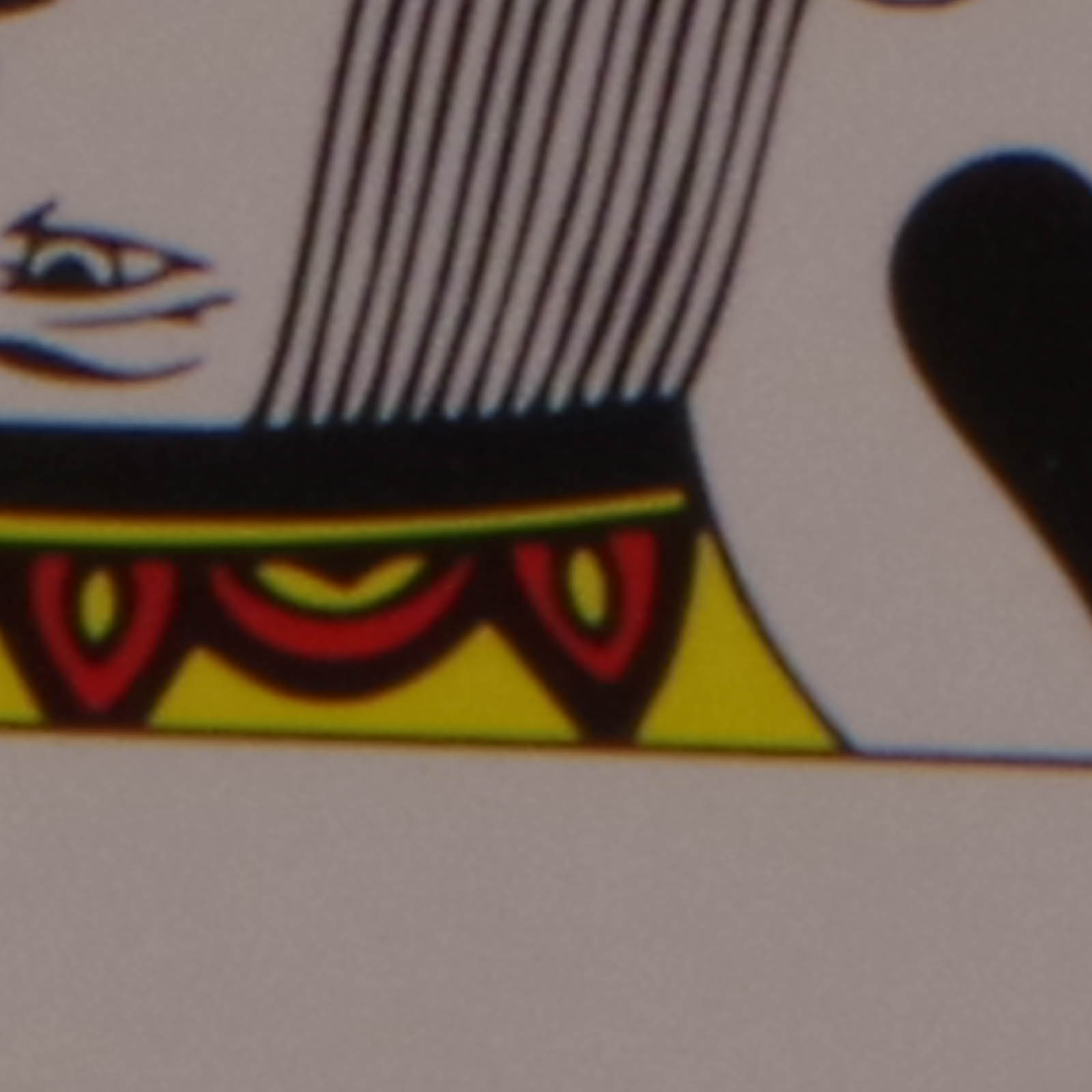 |
Both lenses perform admirably regarding chromatic aberration control. There is the subtlest sign of red fringing on the Tamron images taken in the bottom of the frame, but this is only noticeable because the Pentax images are available for comparison. In both cases, the results are superb.
Purple Fringing
There is no sign whatsoever of purple fringing in our CA test for the Pentax 70-200mm. The Tamron again is very close, with the barest hint of PF wide open.
Verdict
Both lenses perform admirably regarding CA and PF. If we're splitting hairs, the Pentax appears to have an edge, but different shooting situations could deliver different results.
Flare and ghosting results are not particularly impressive with the light source in the center. Both show a high level of aberrations. With the Sun in the corner, results improve, especially for the Pentax lens.


